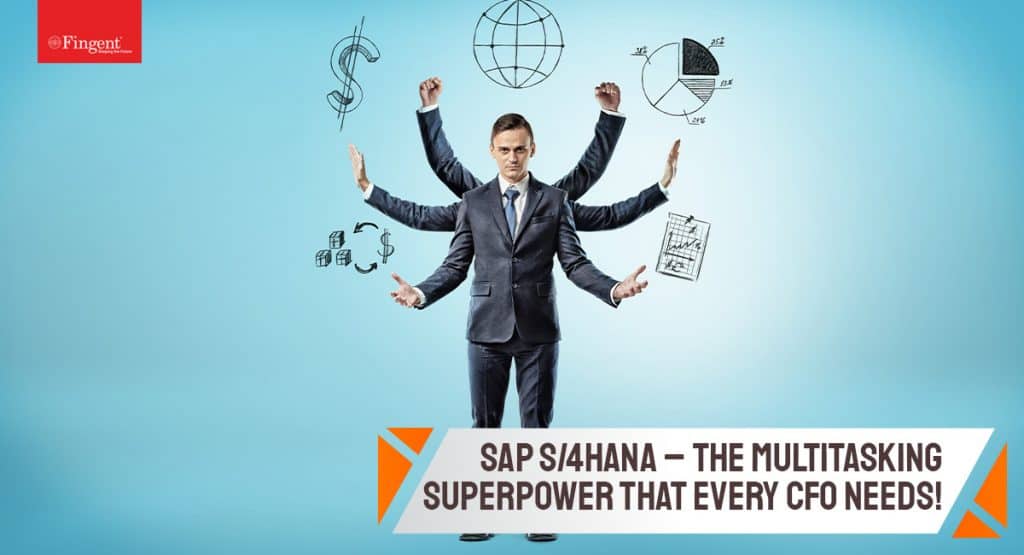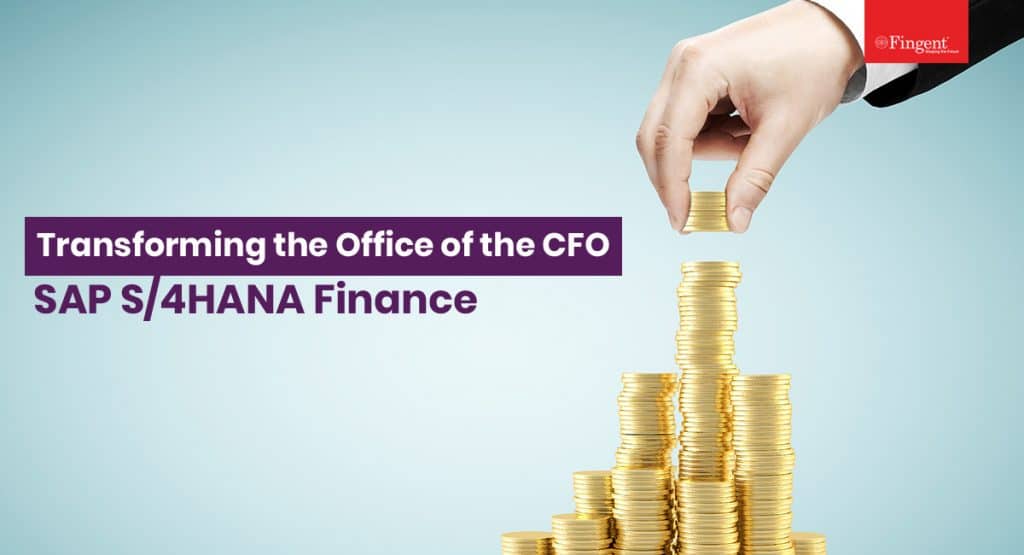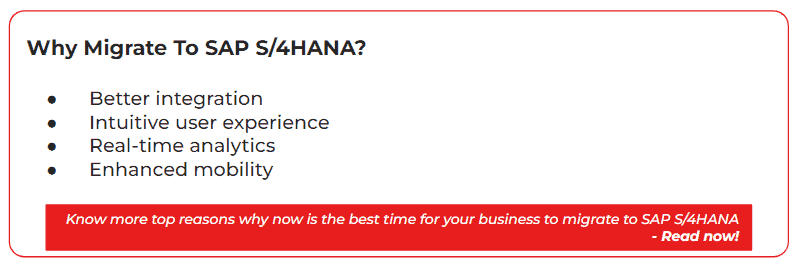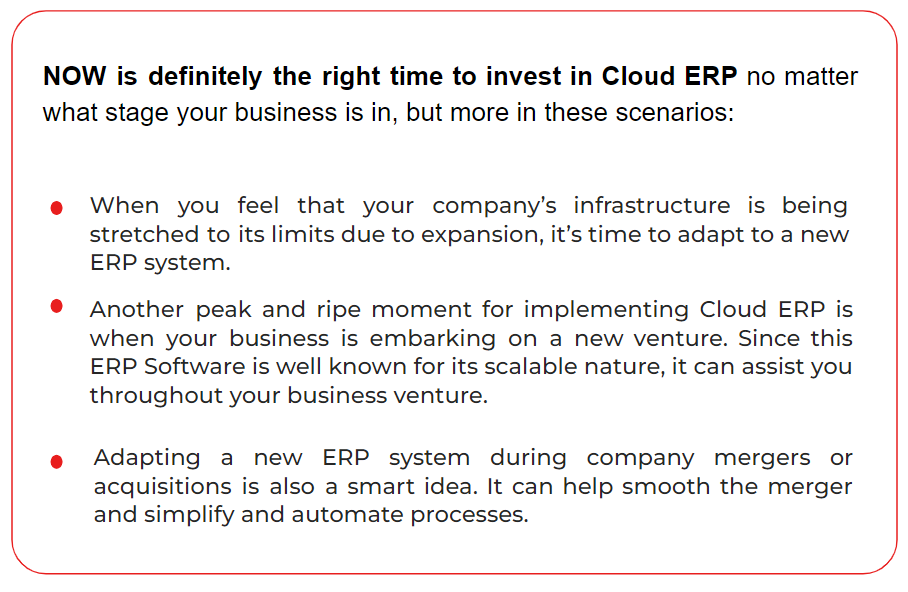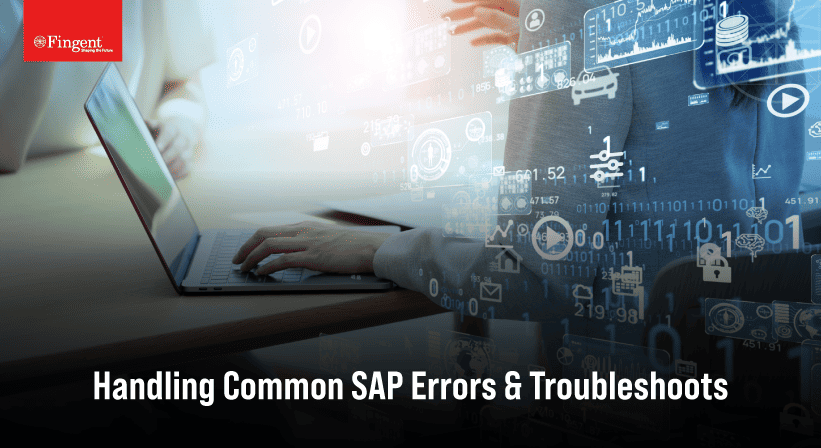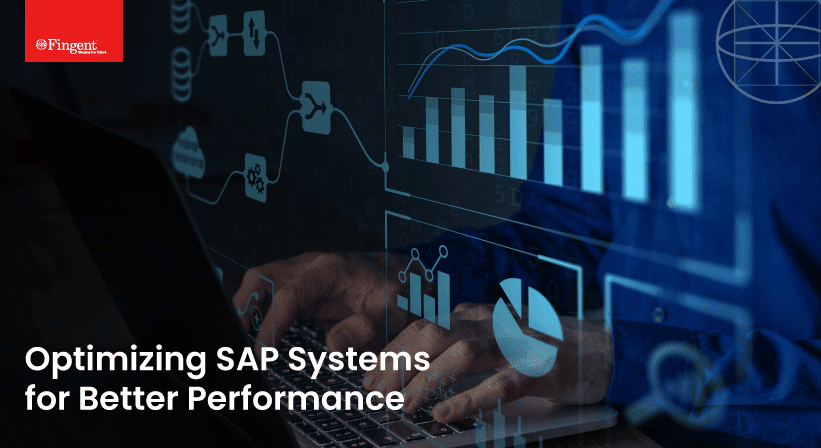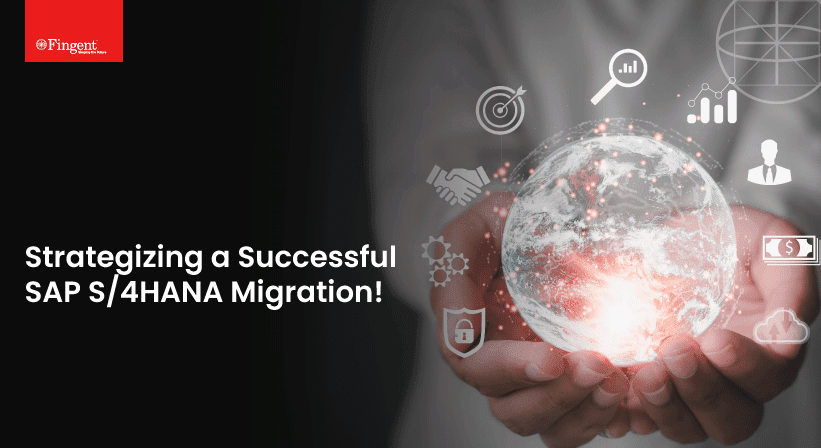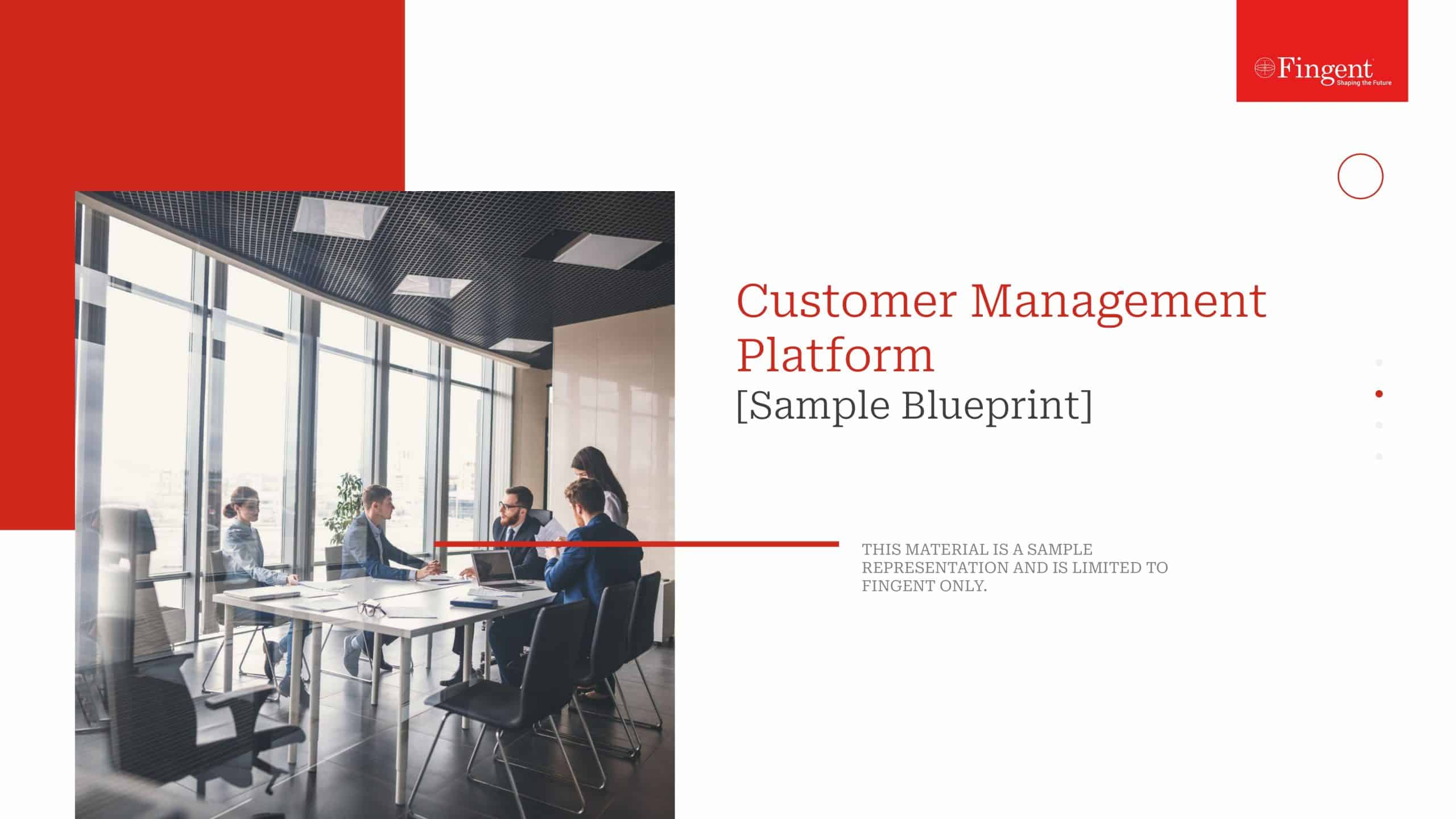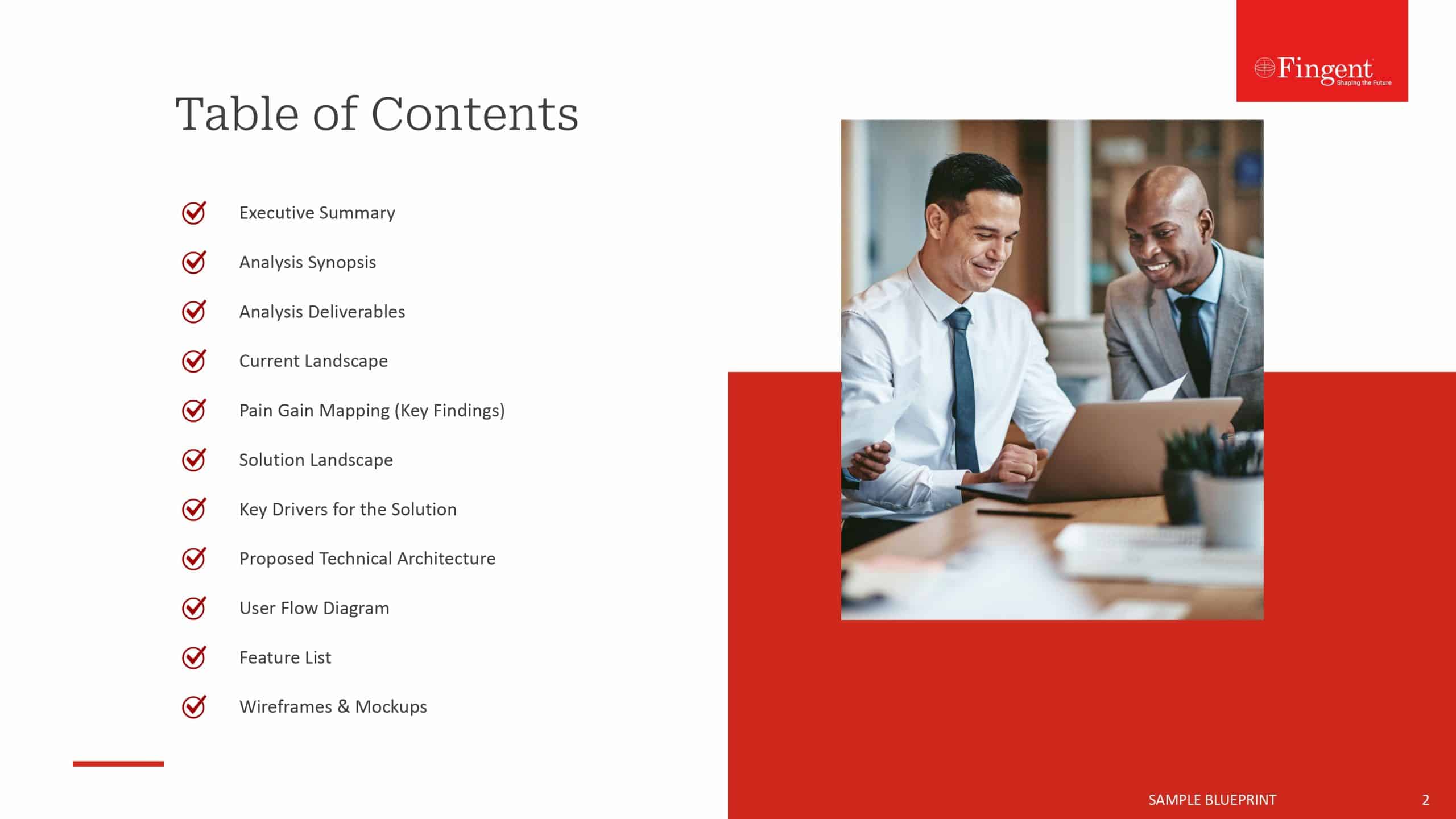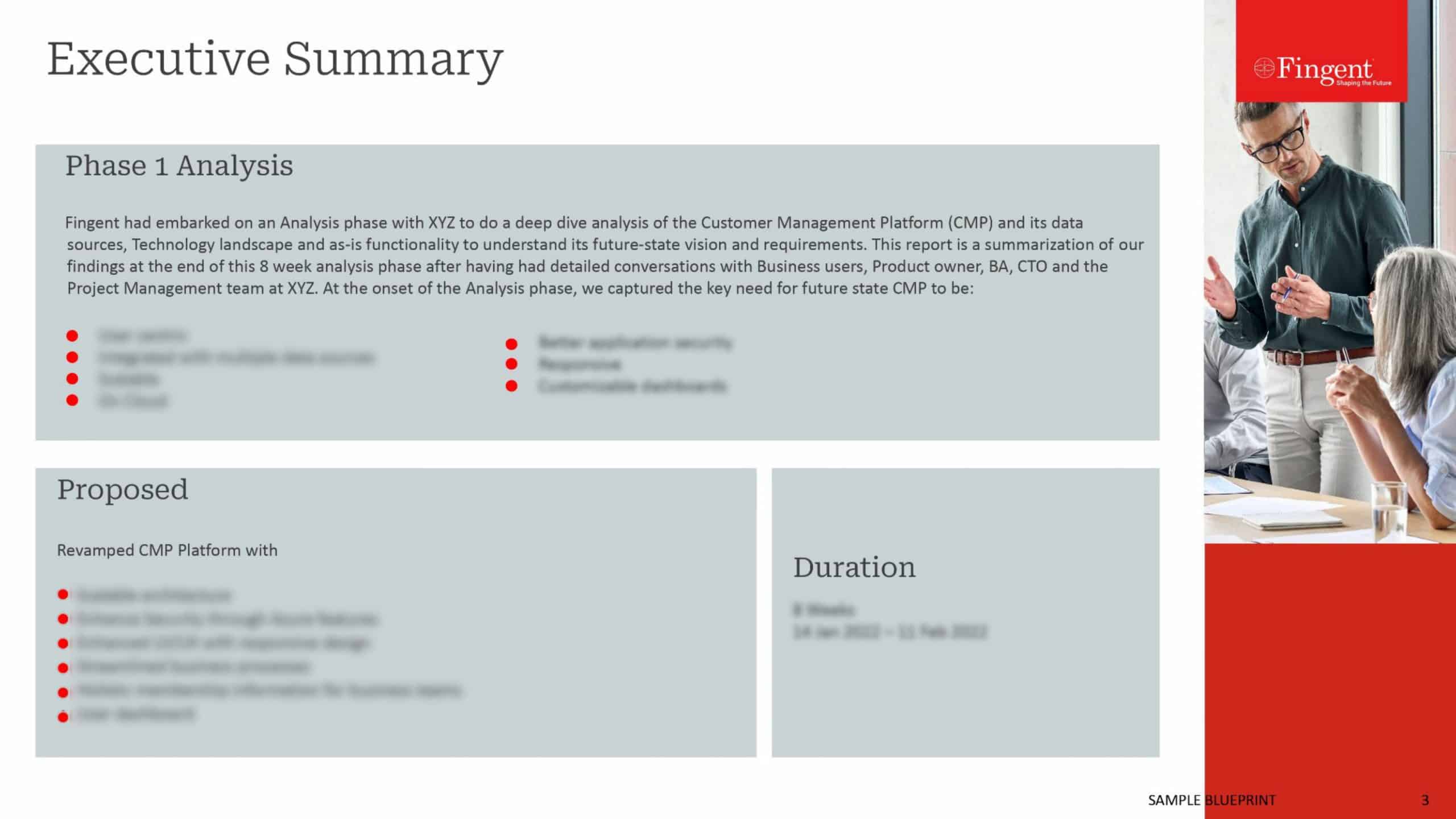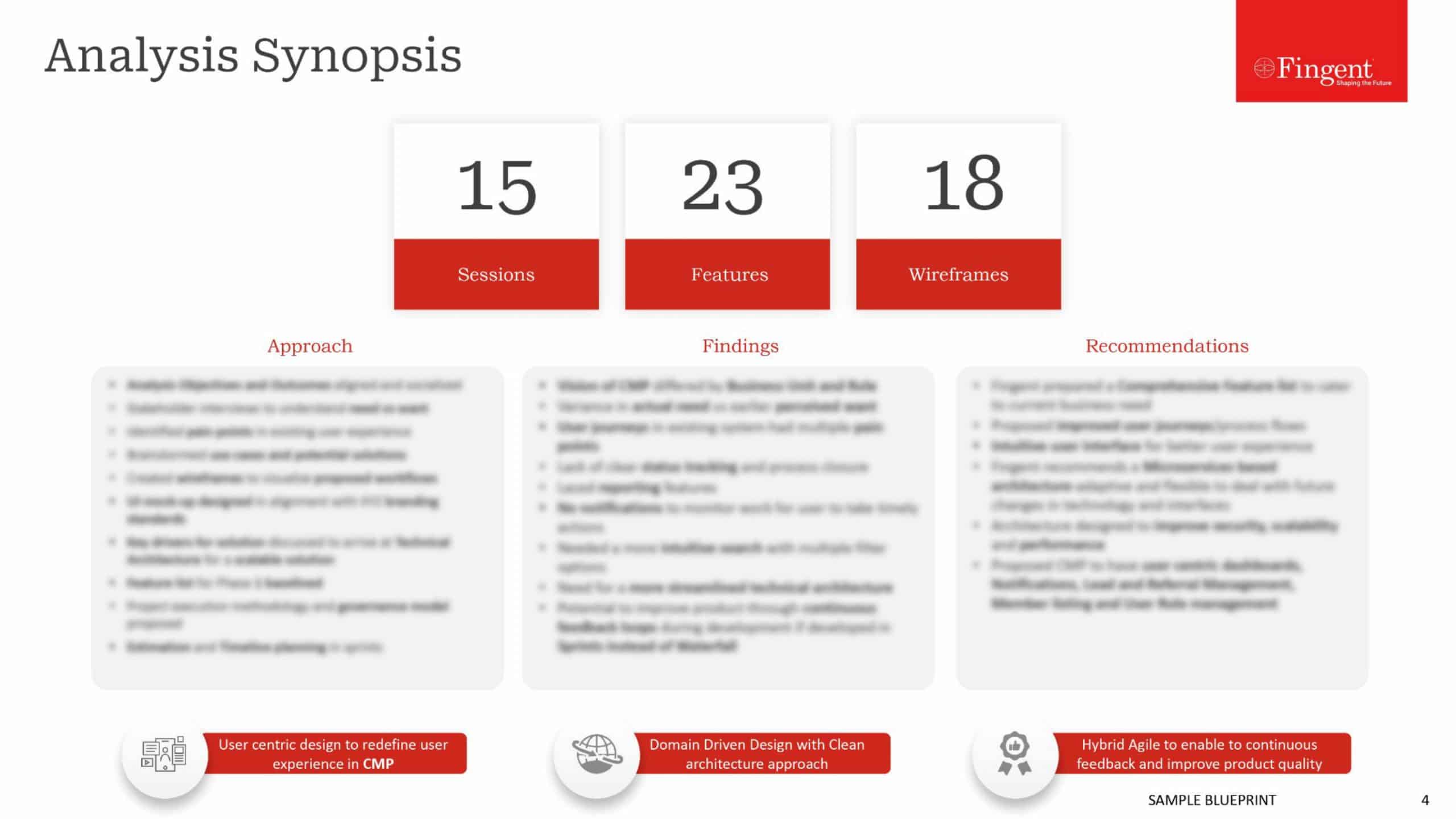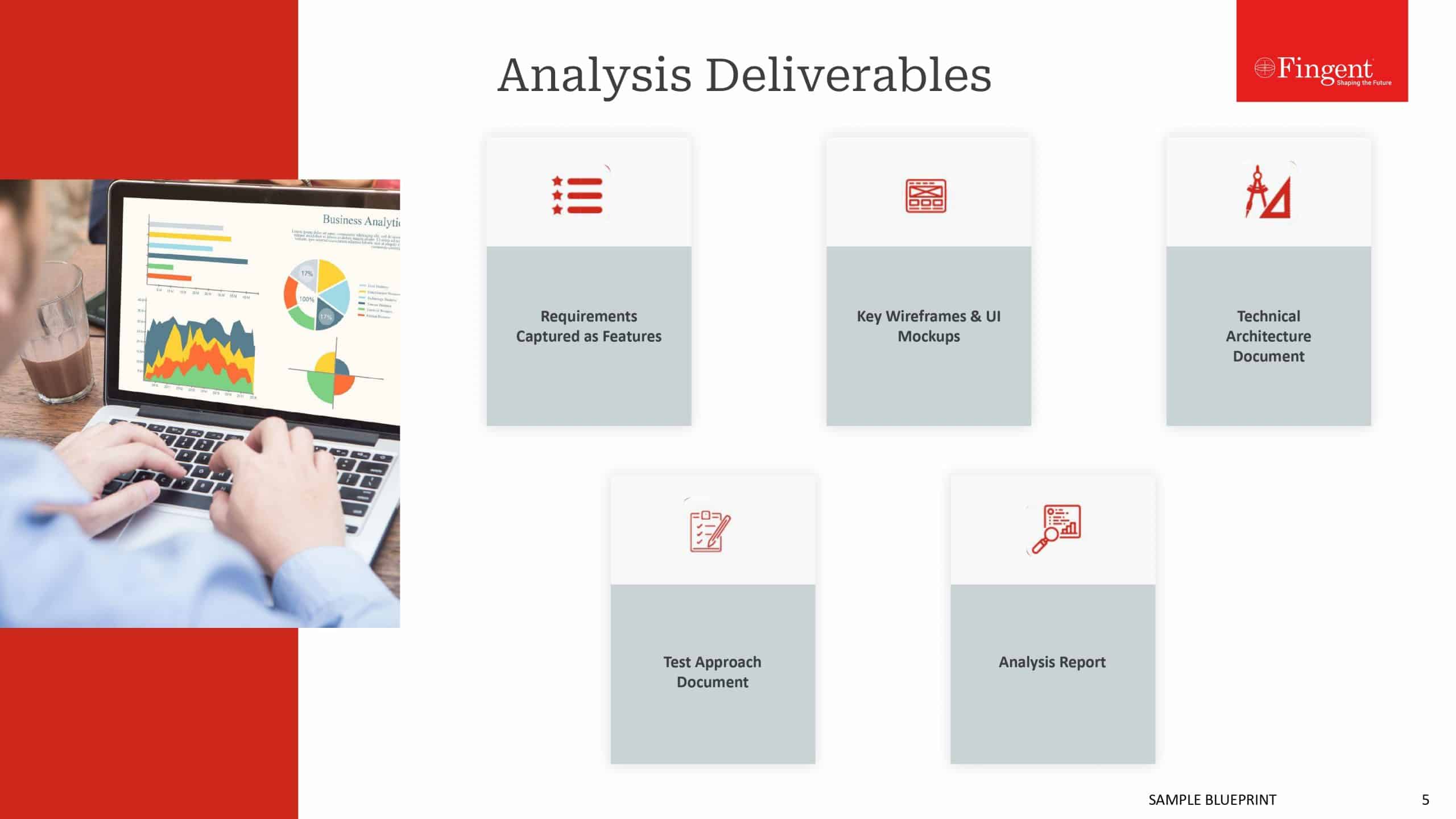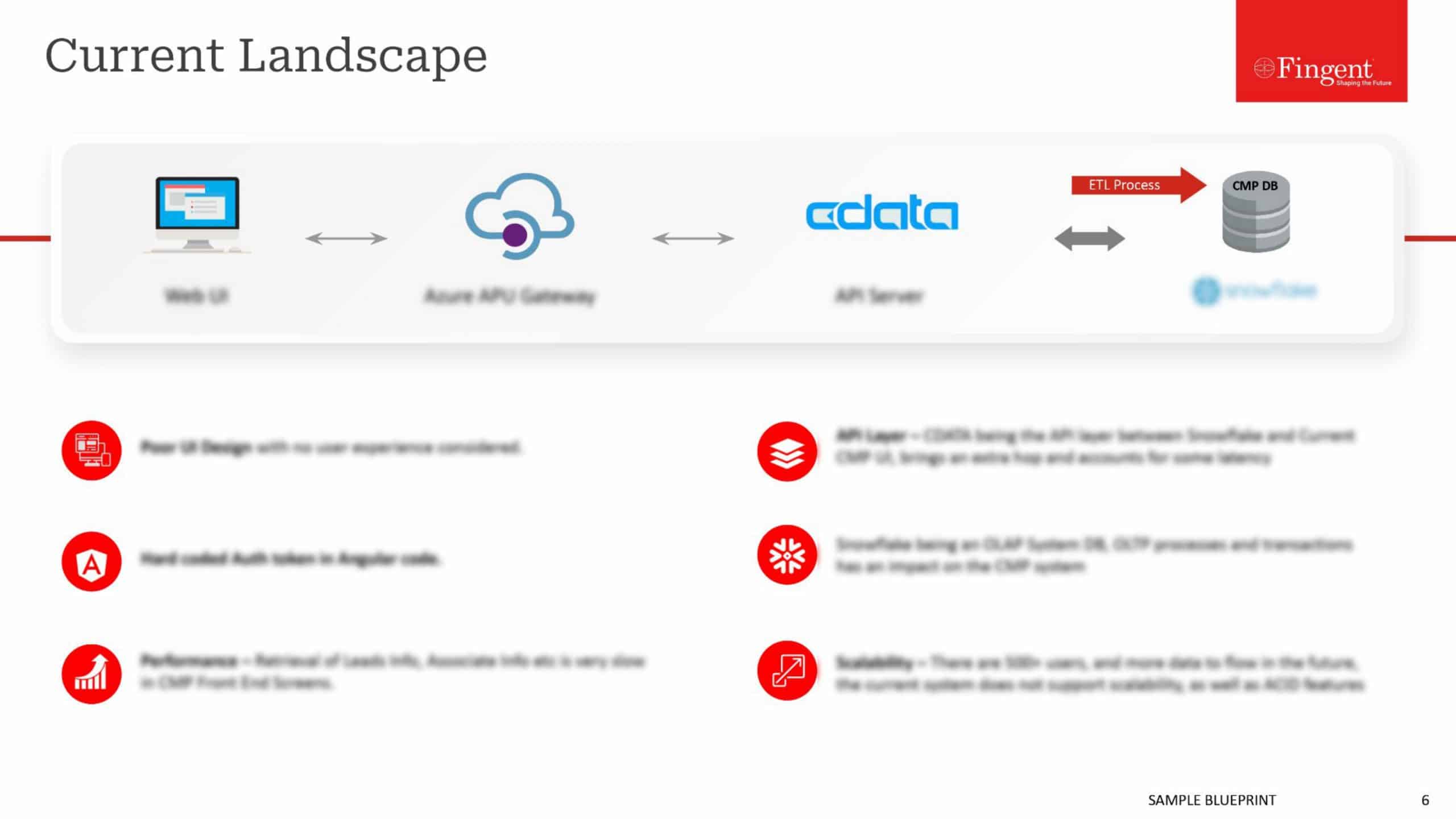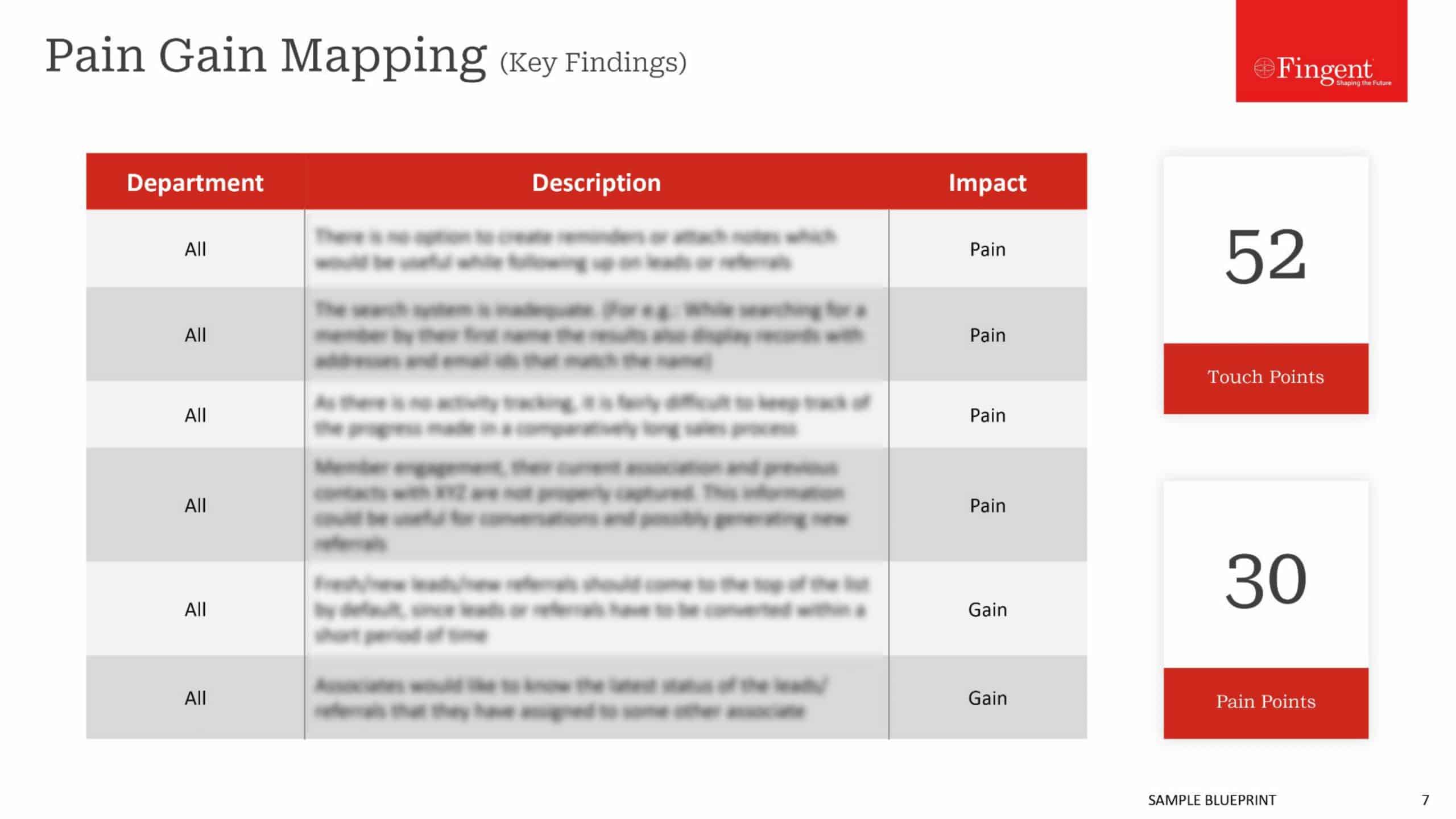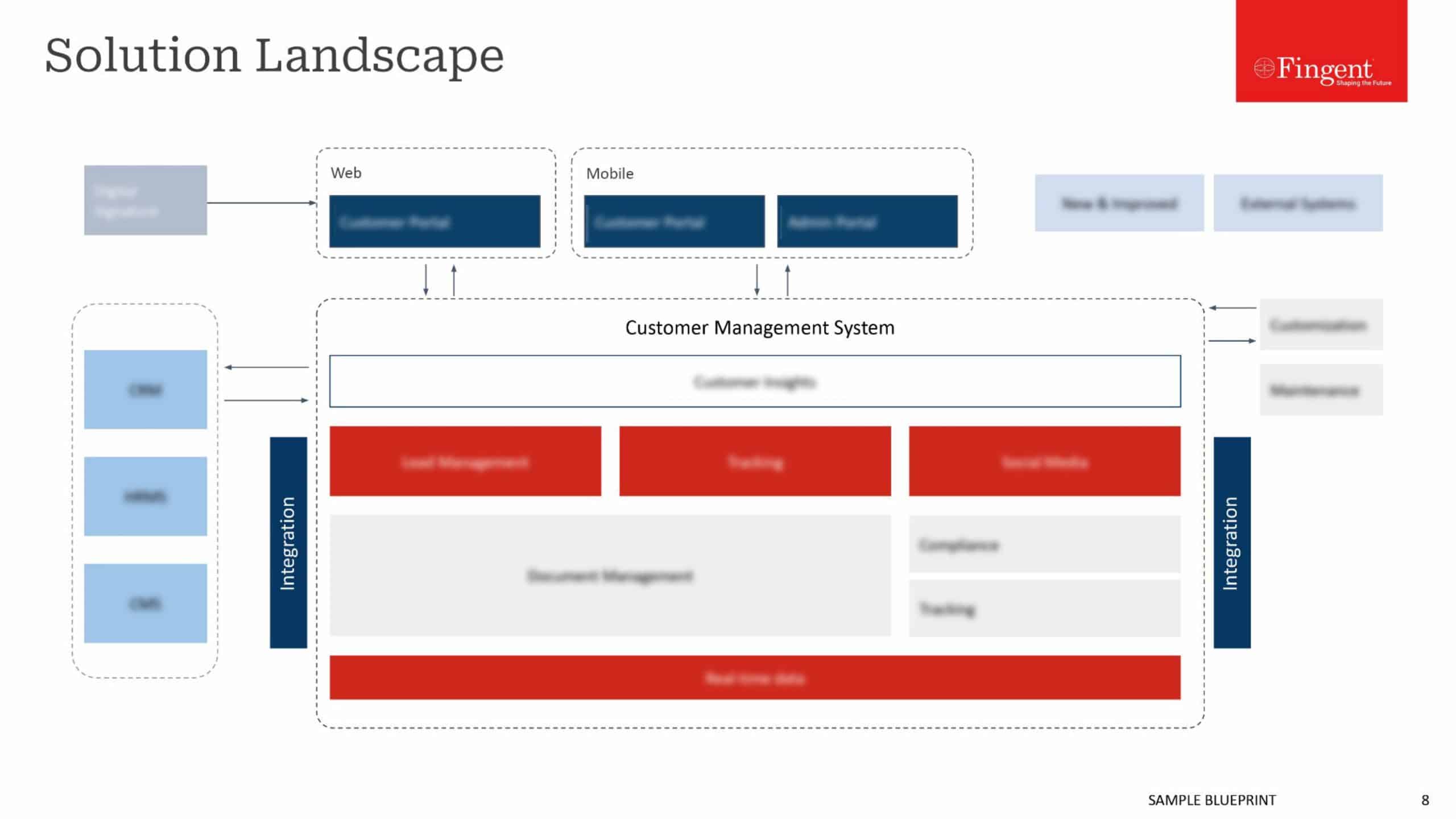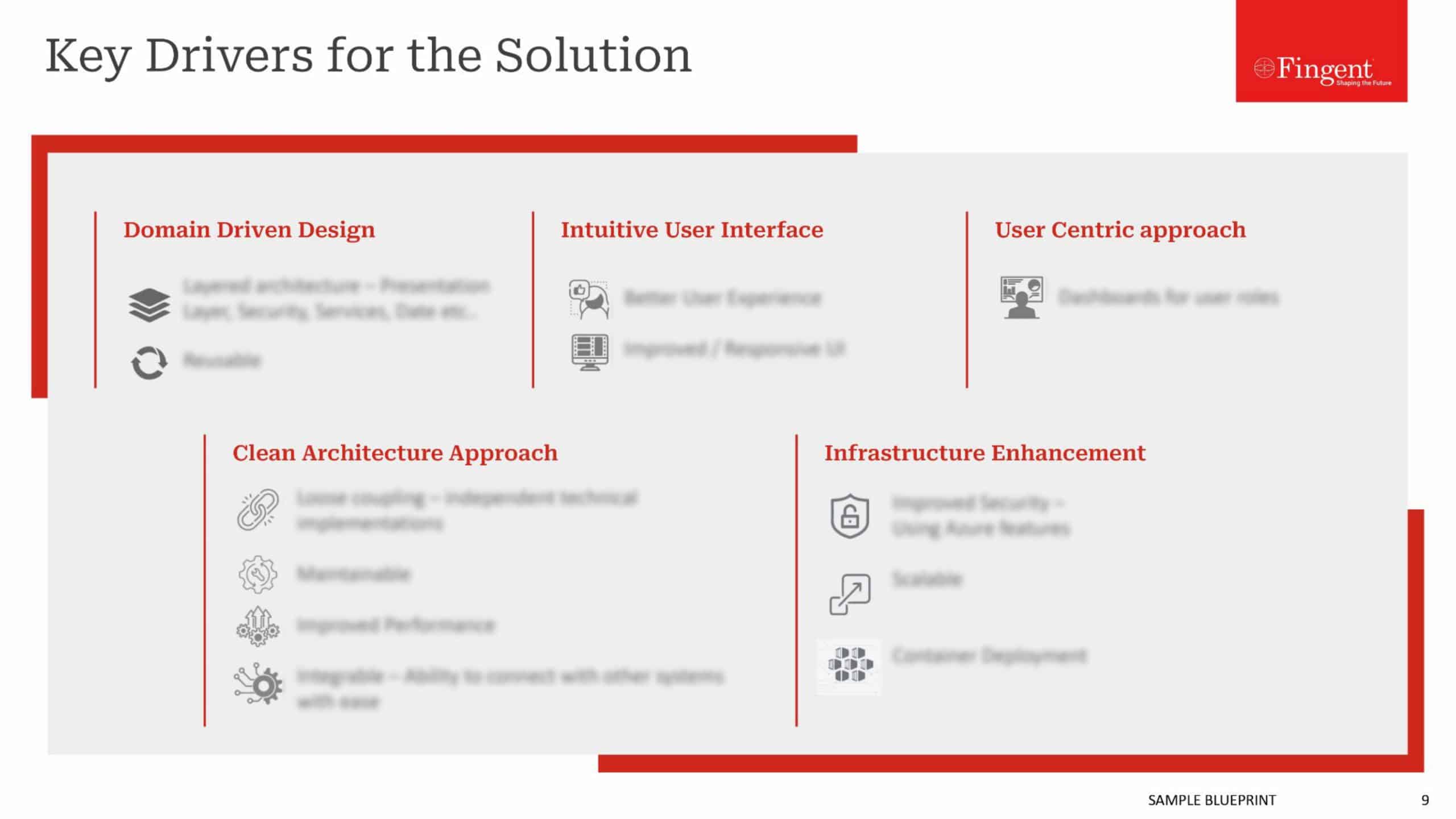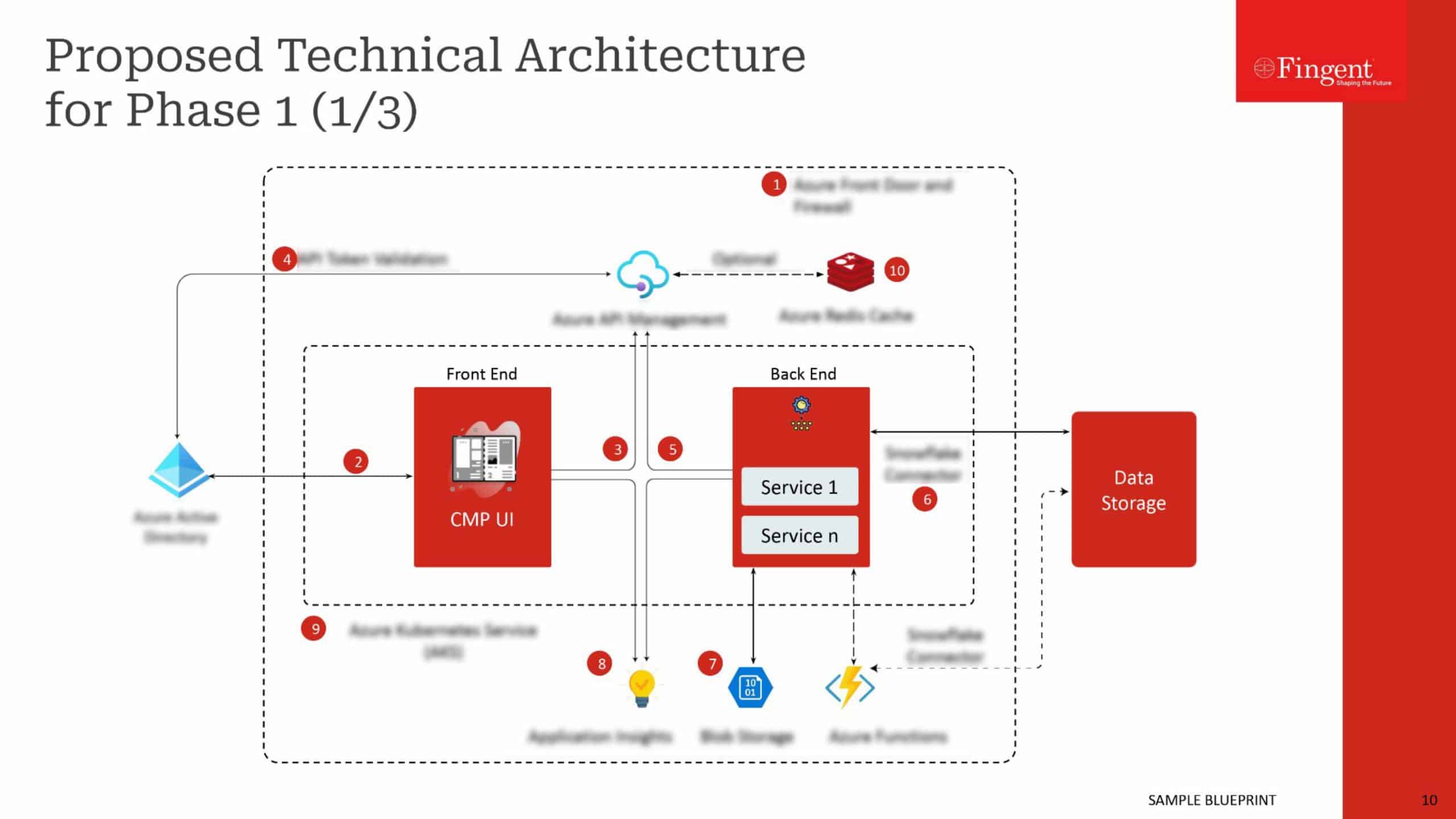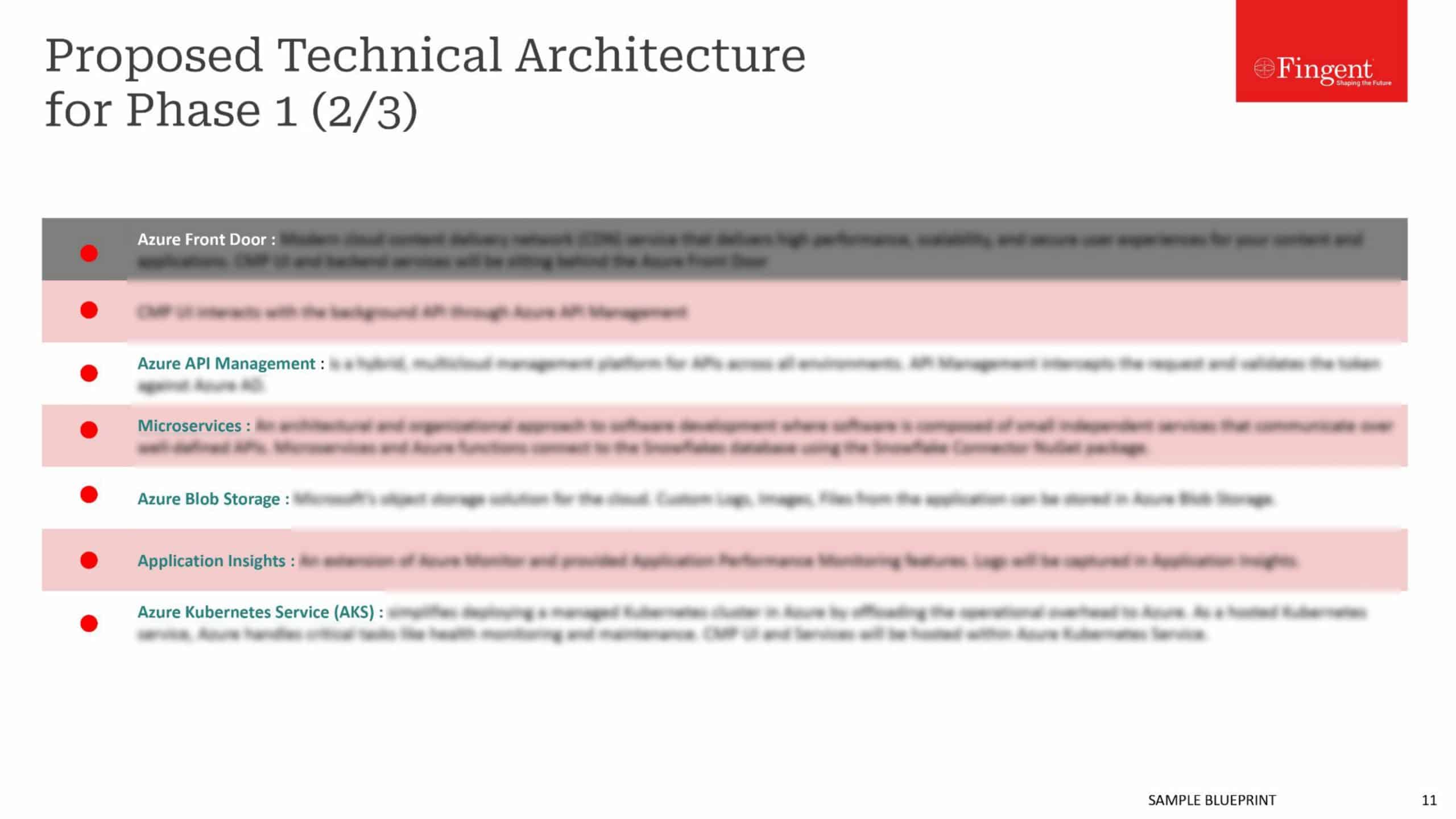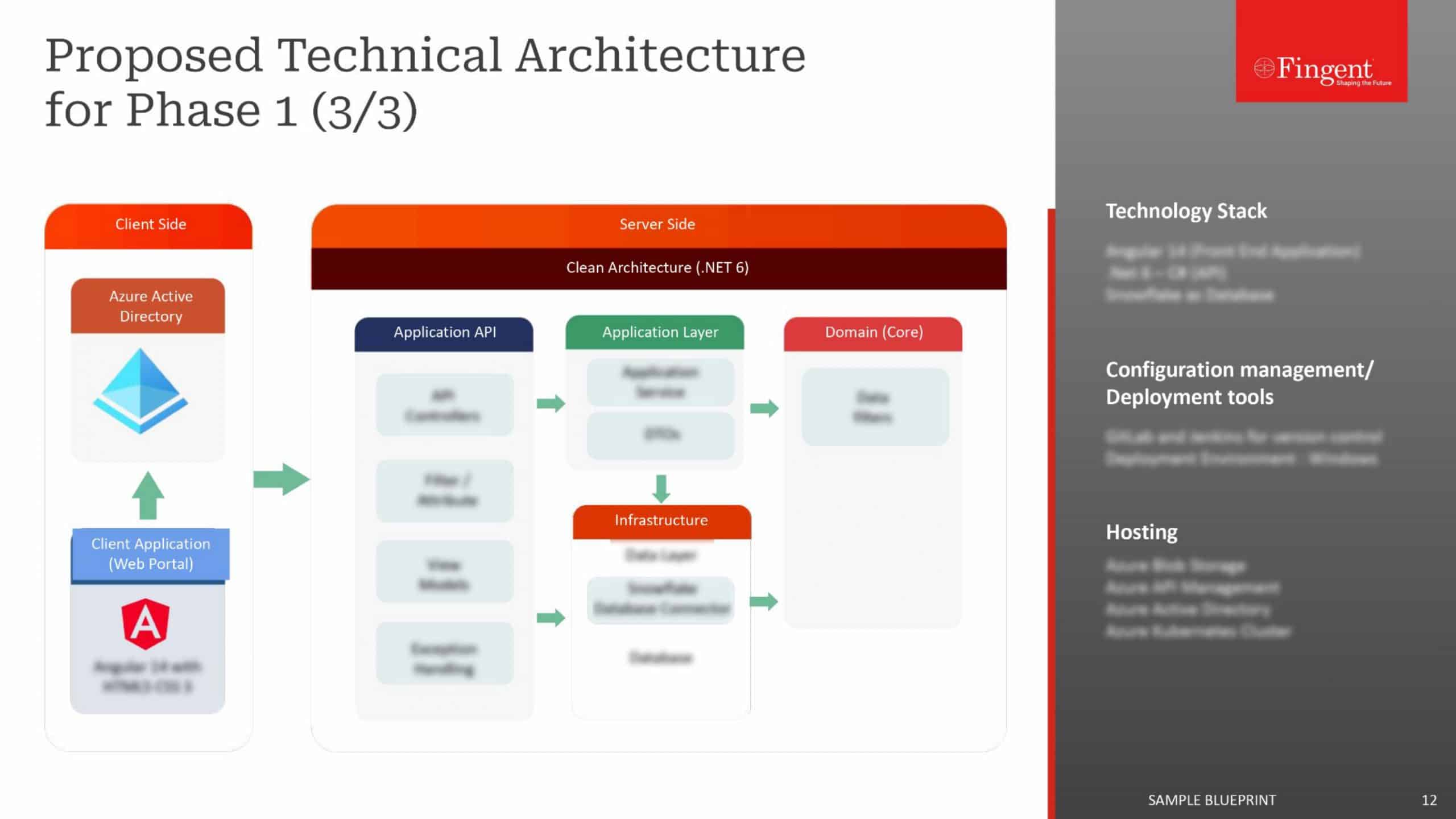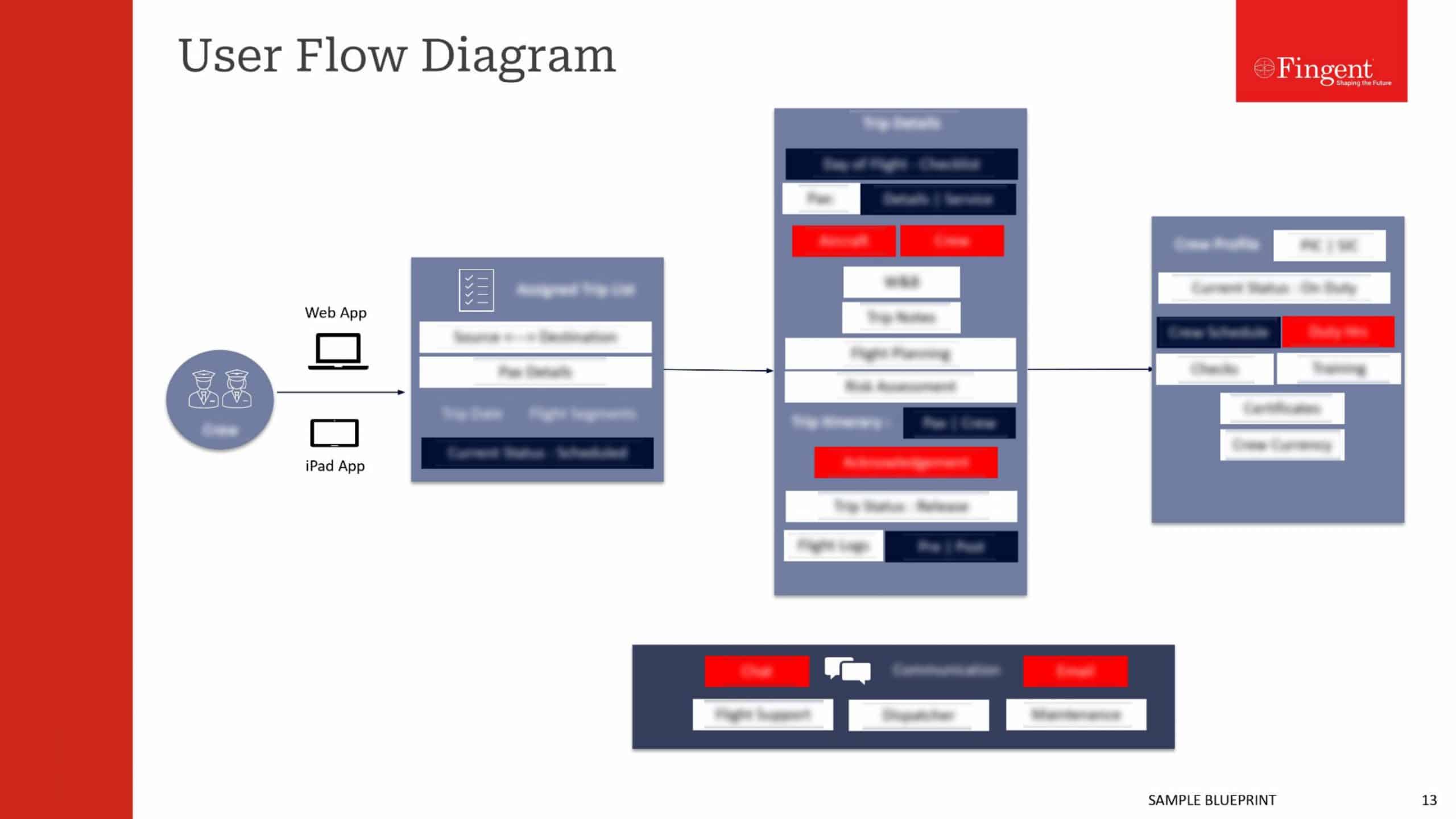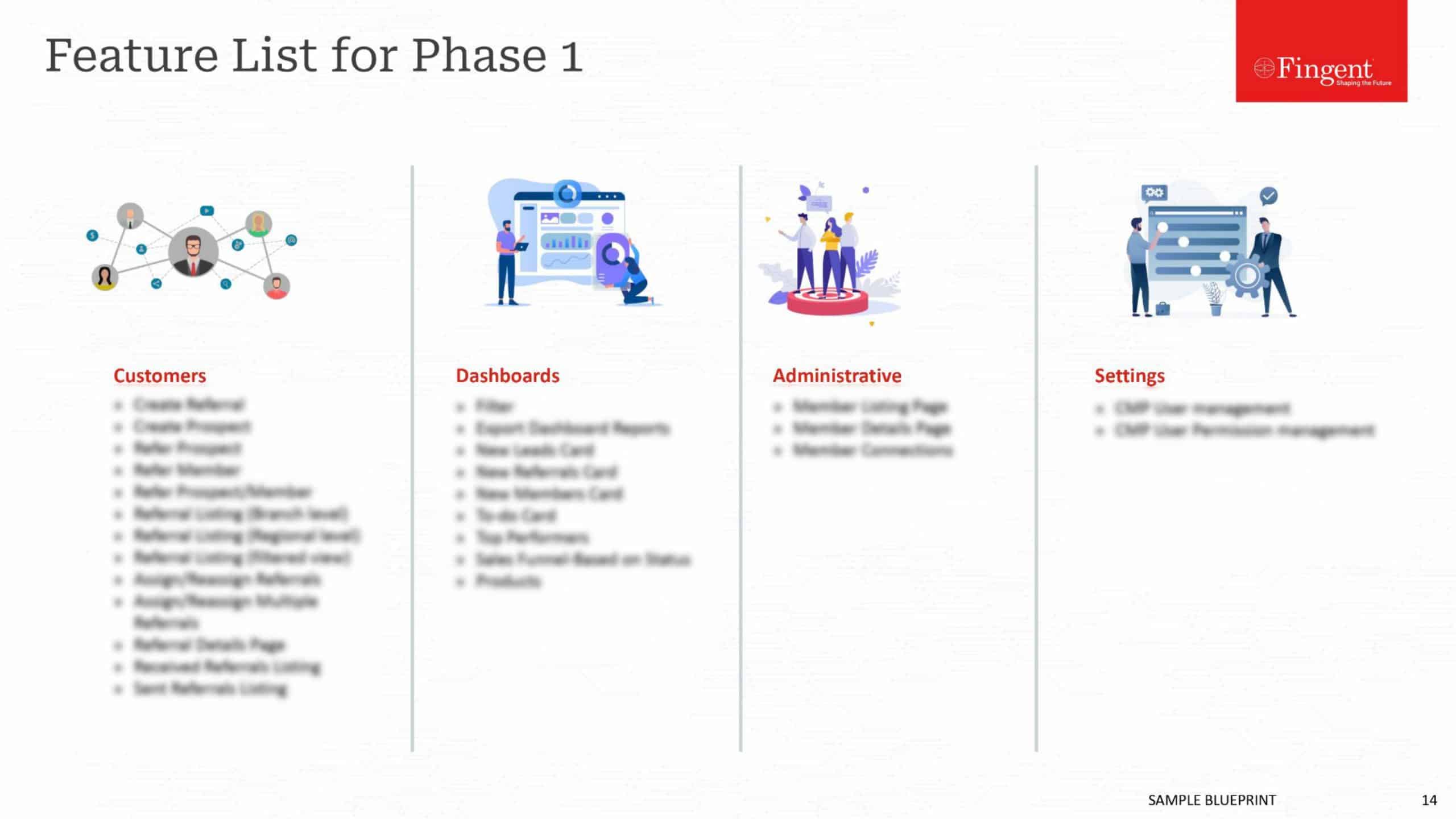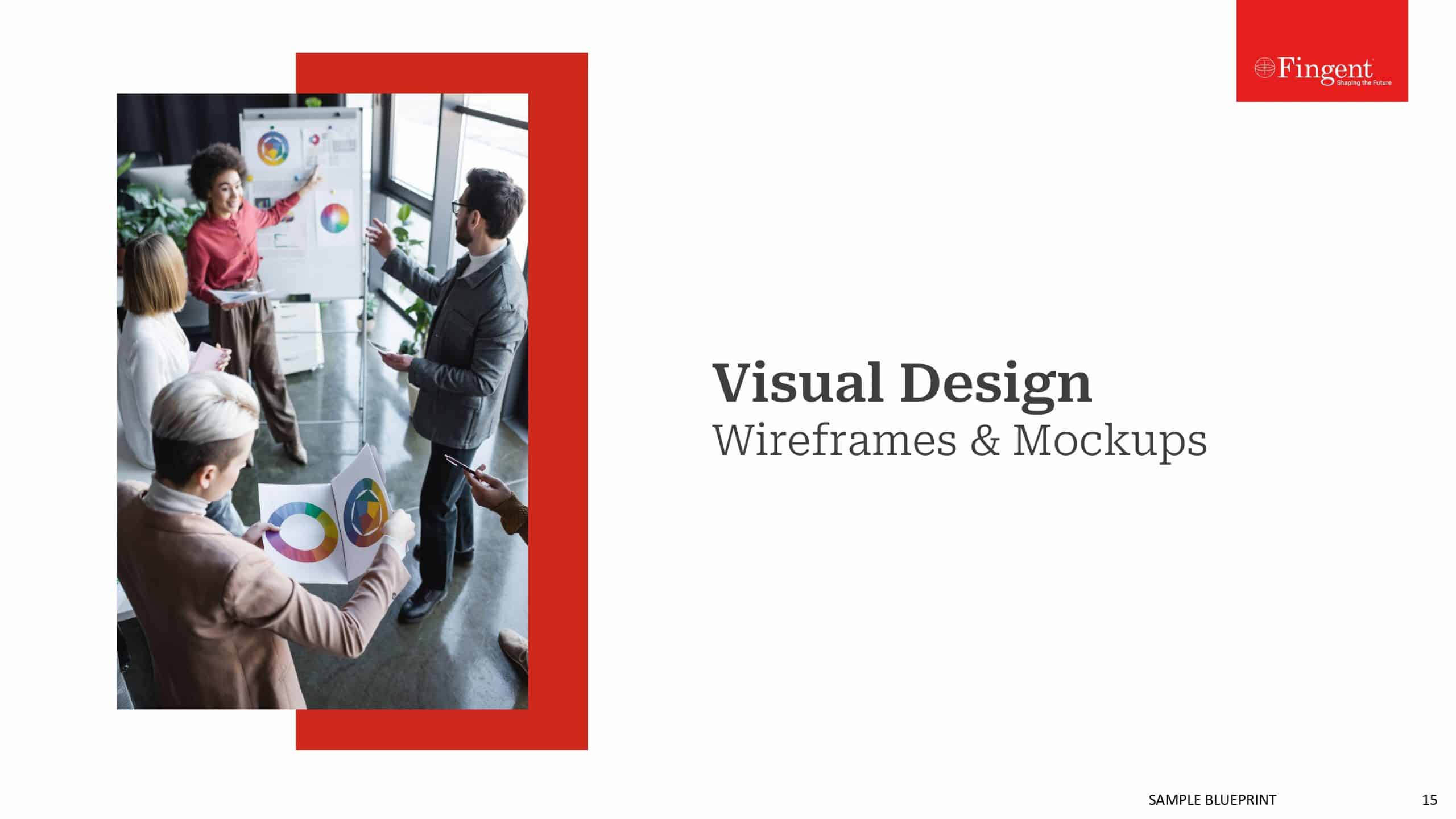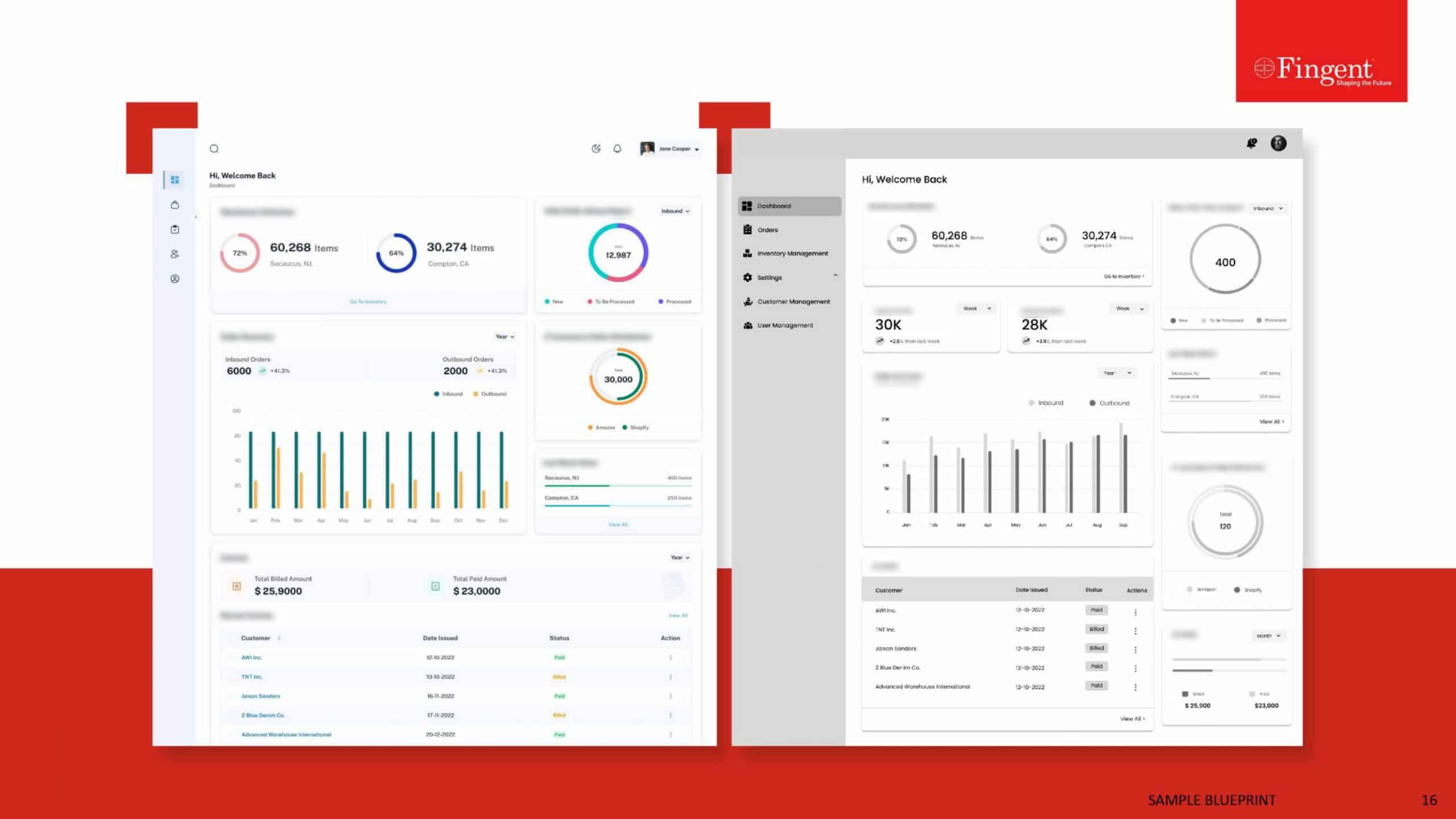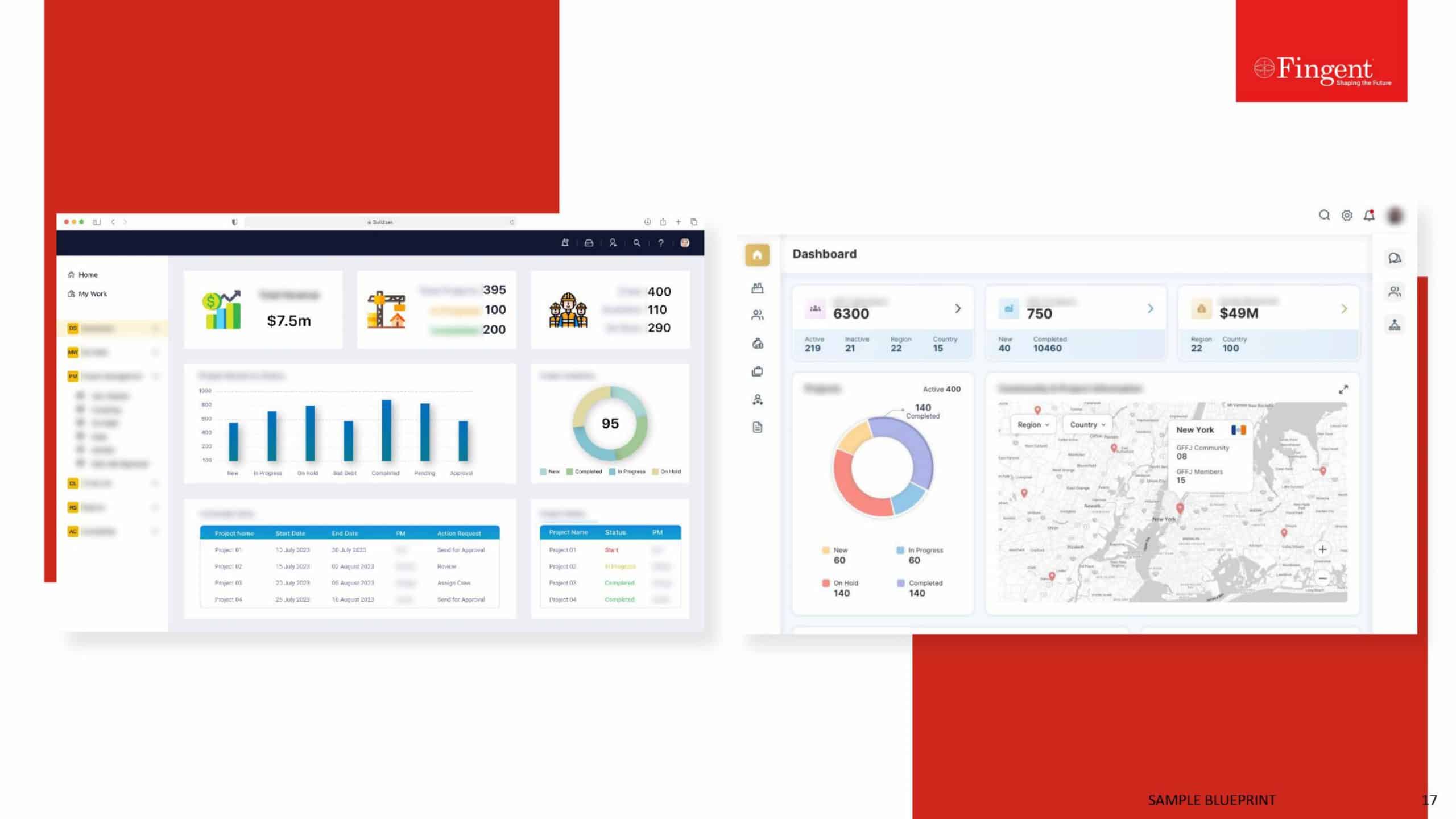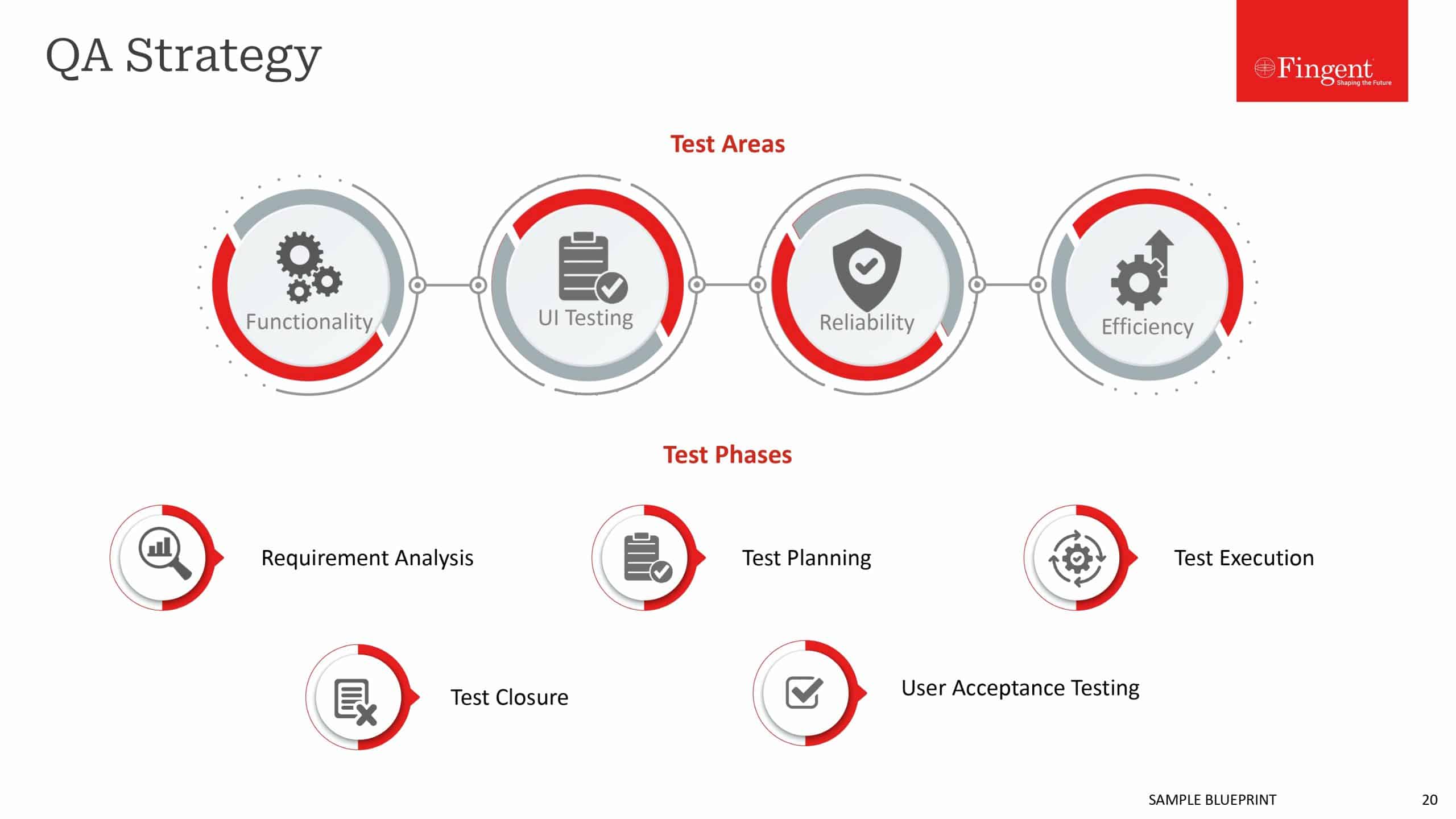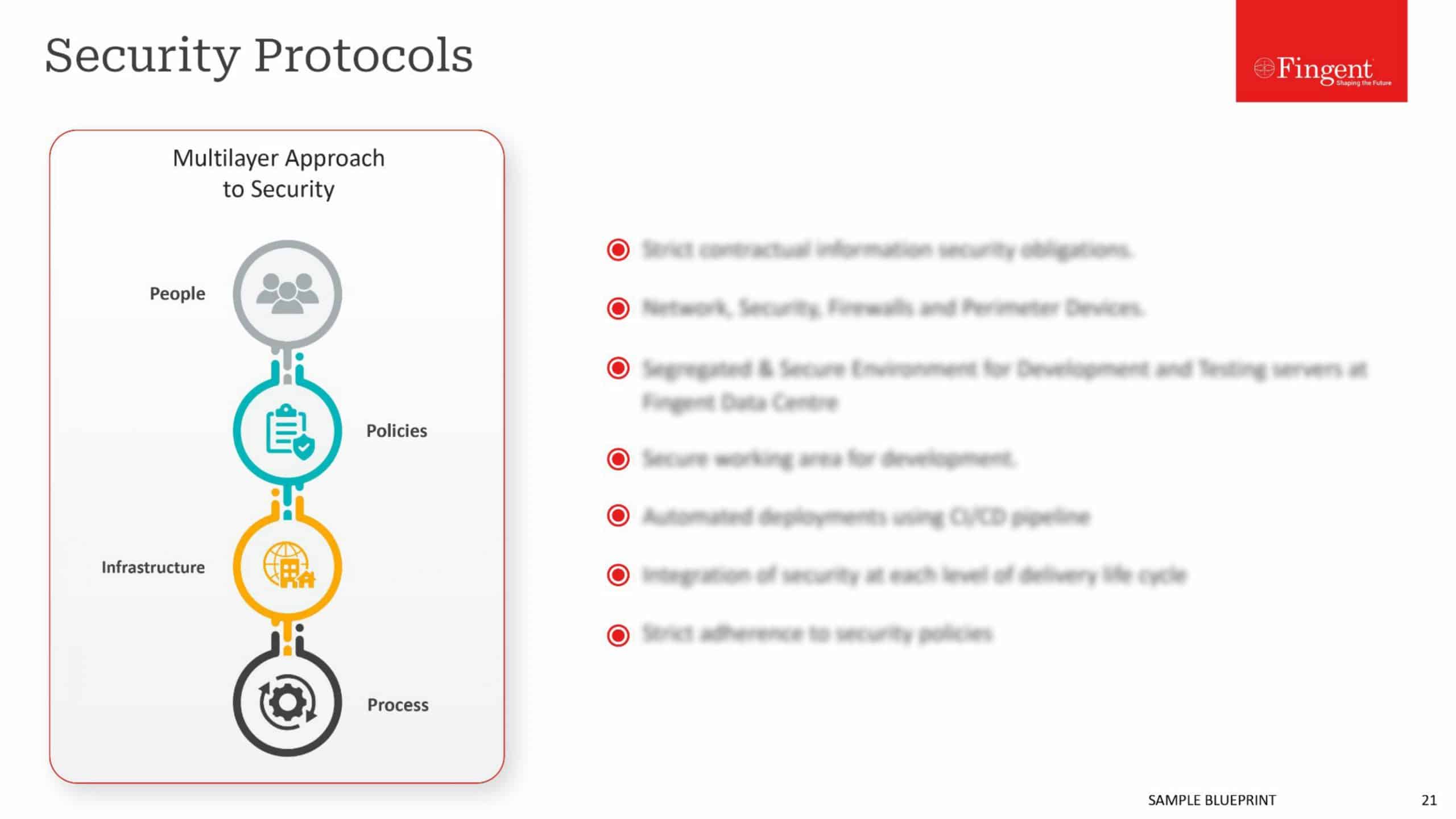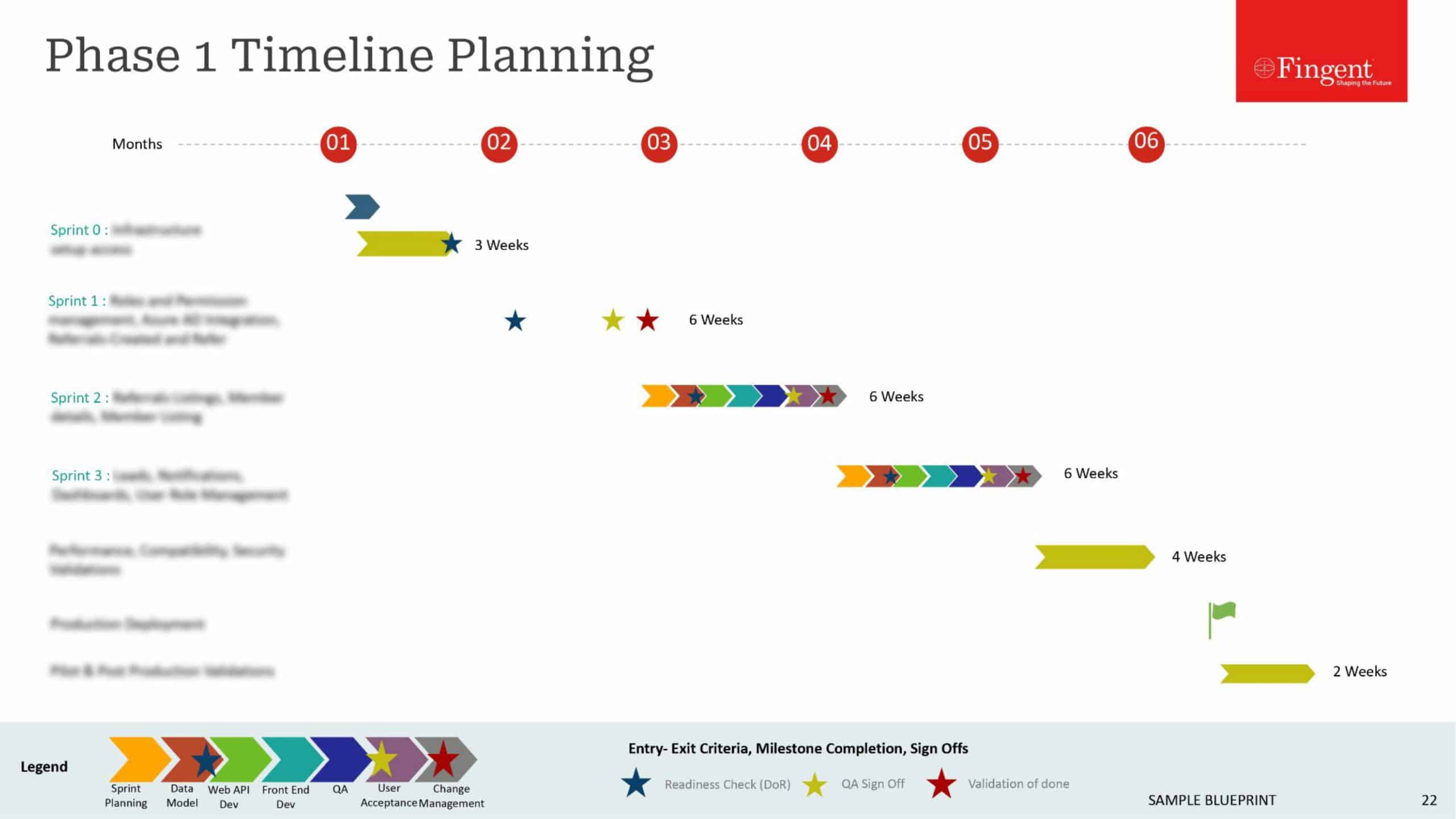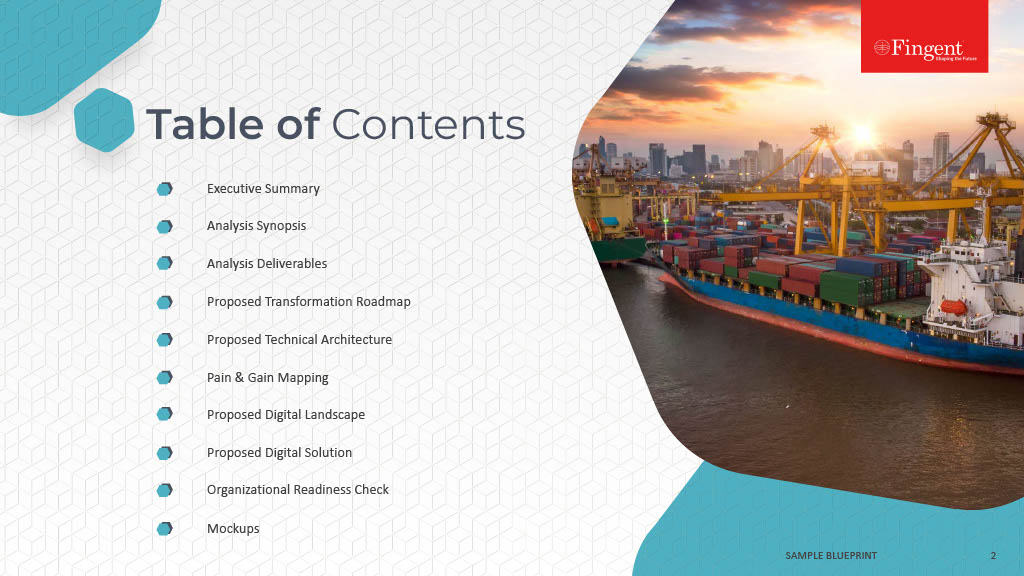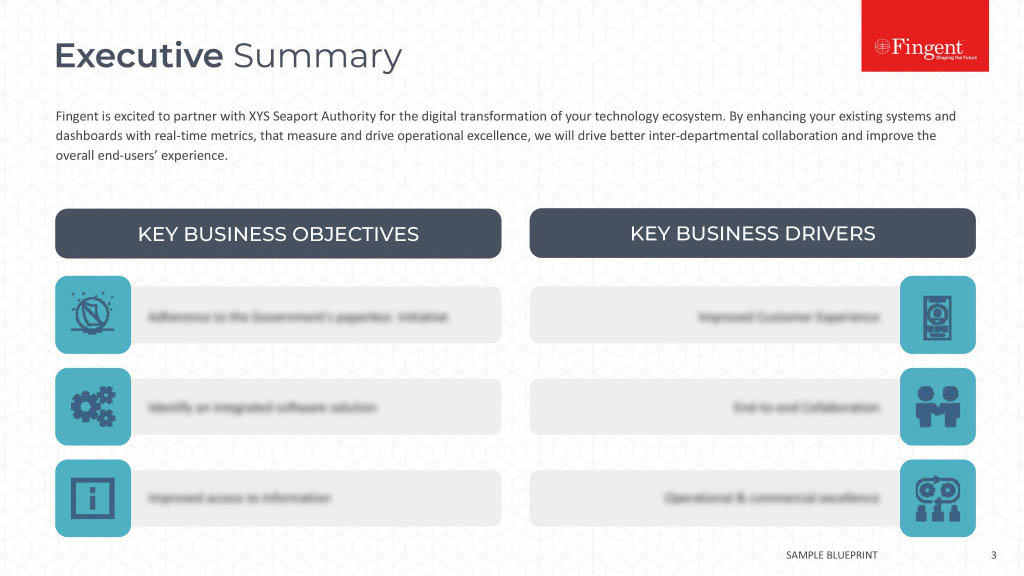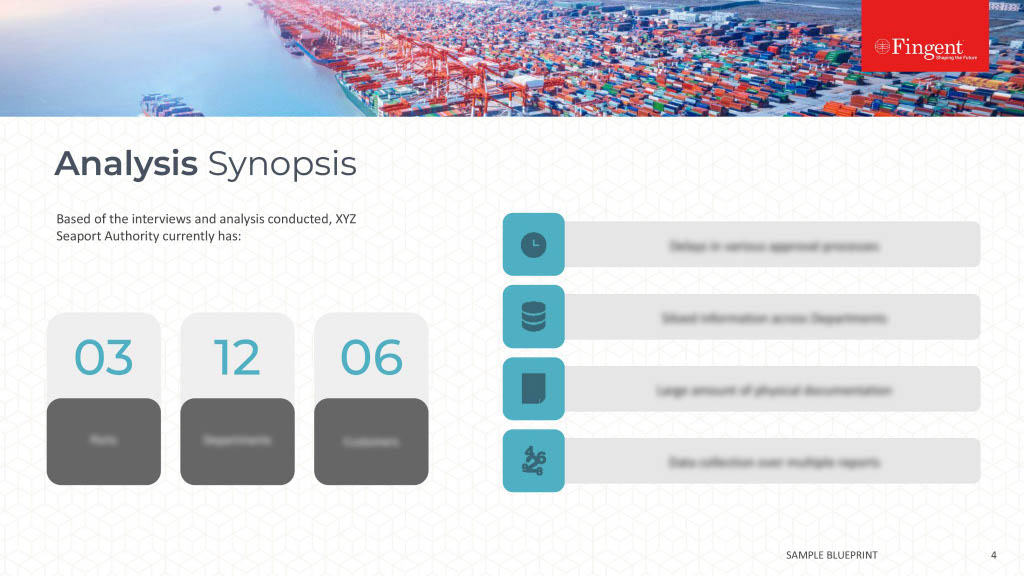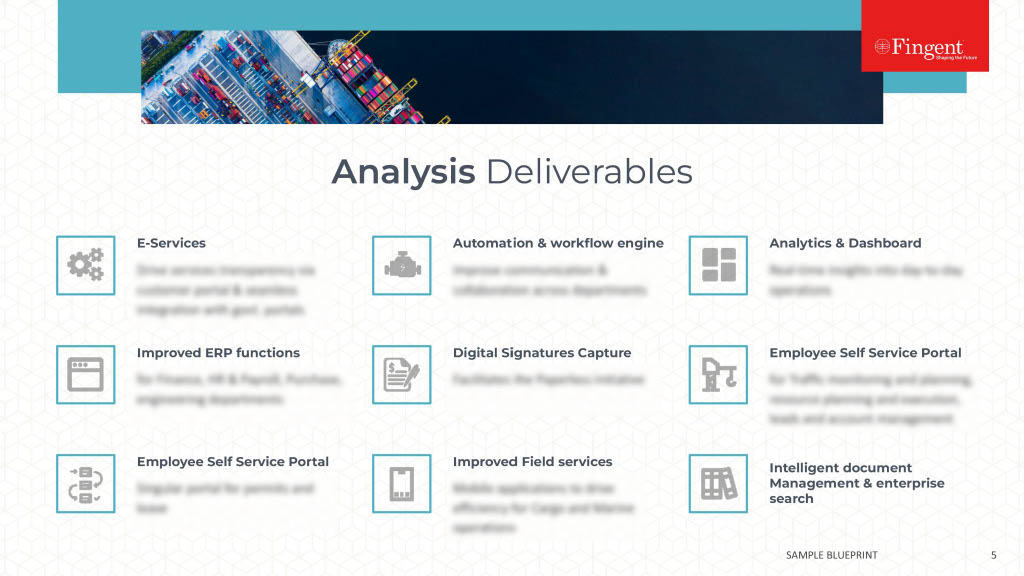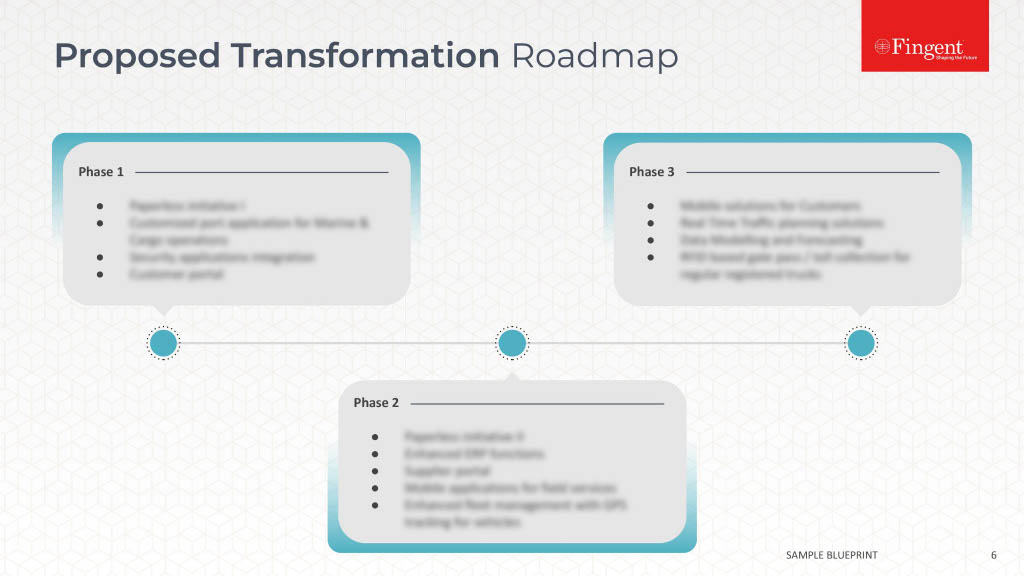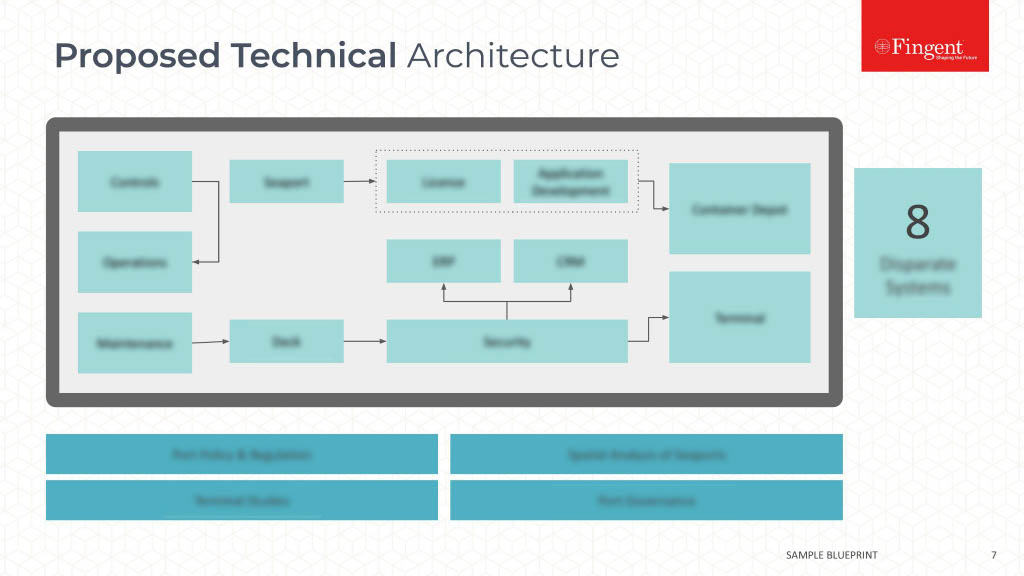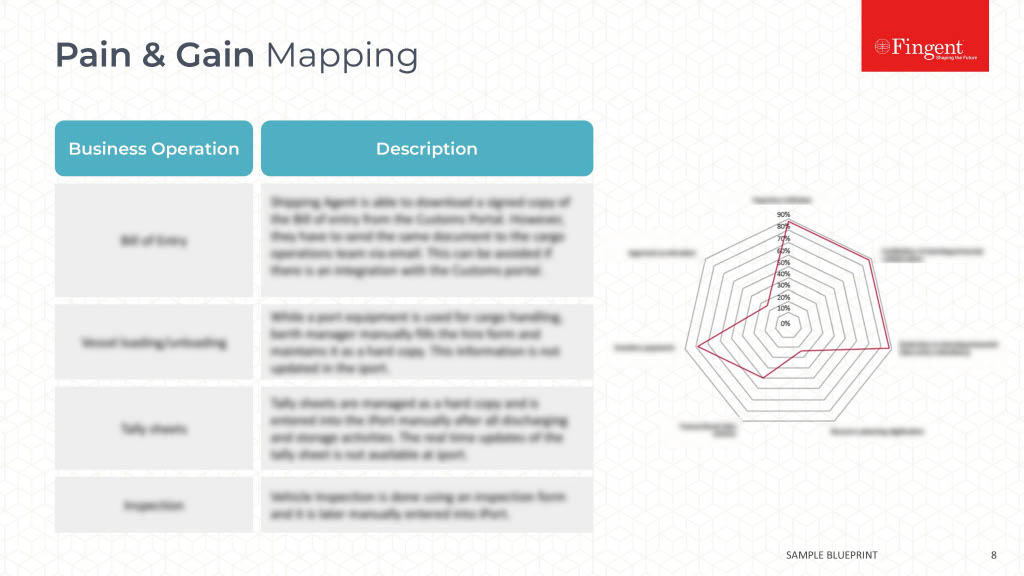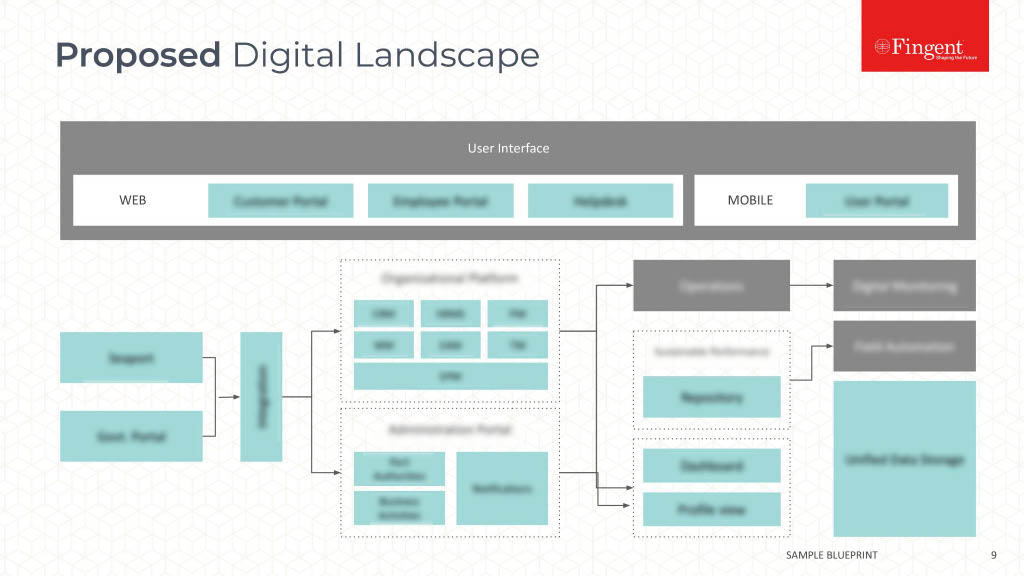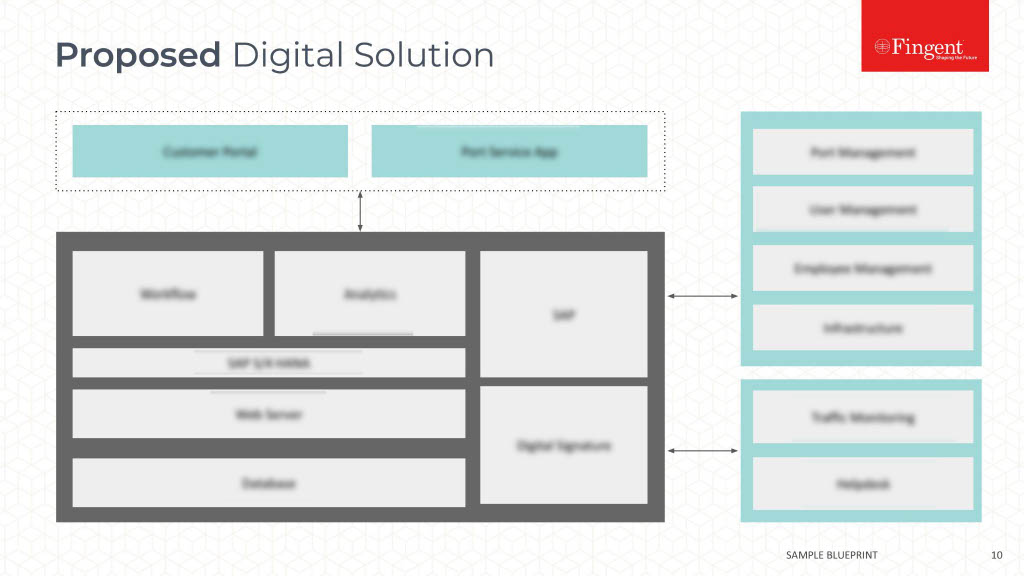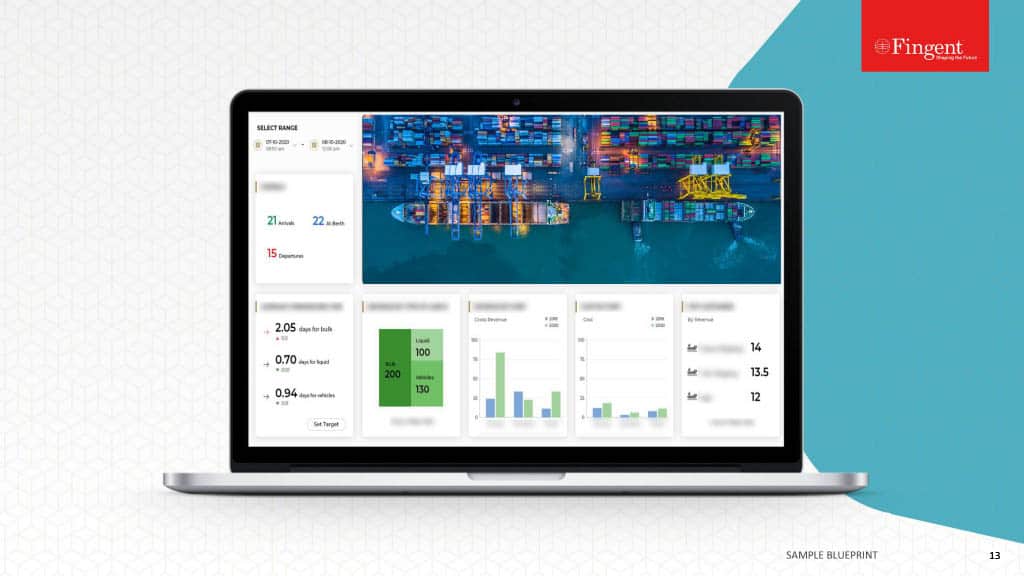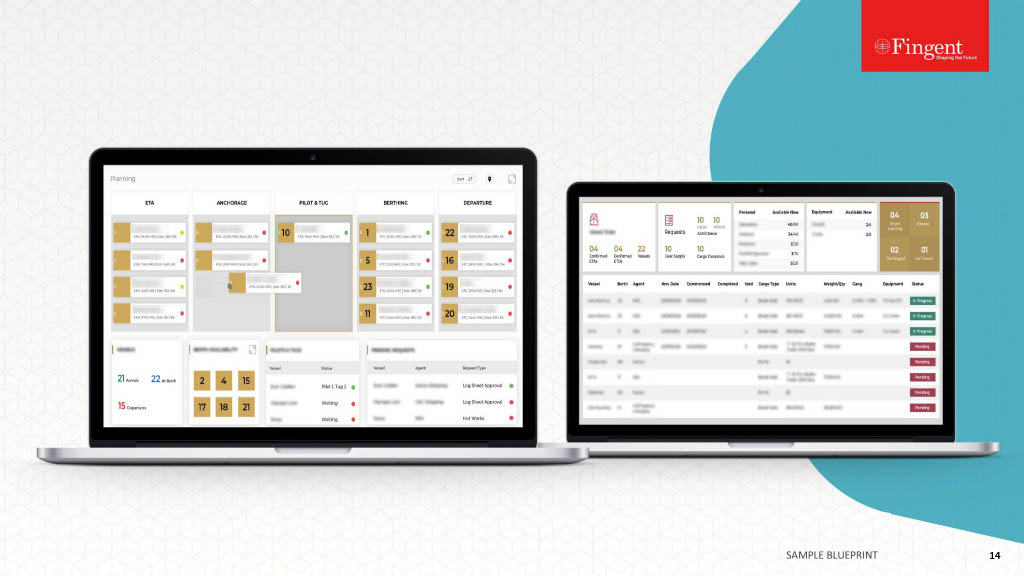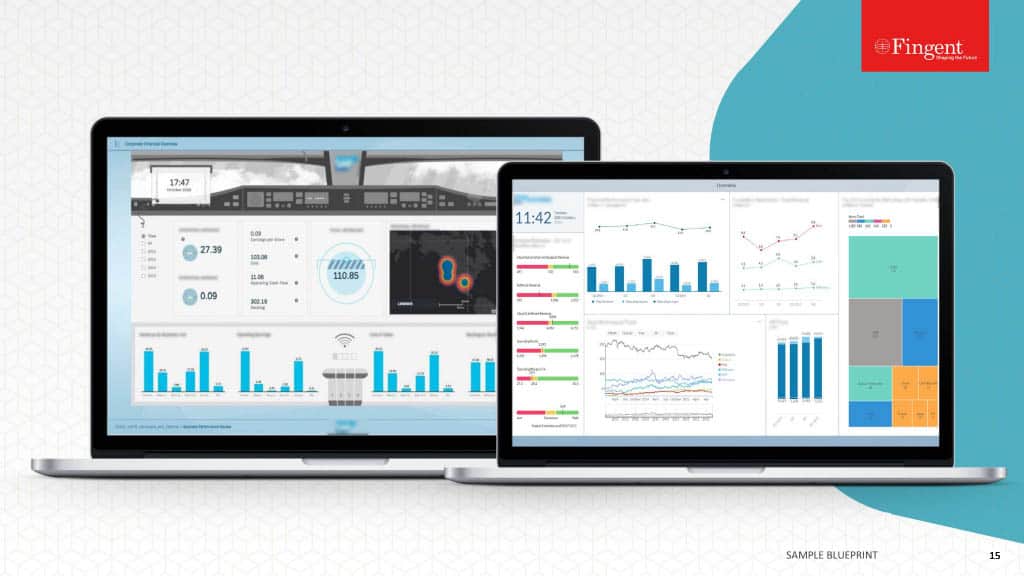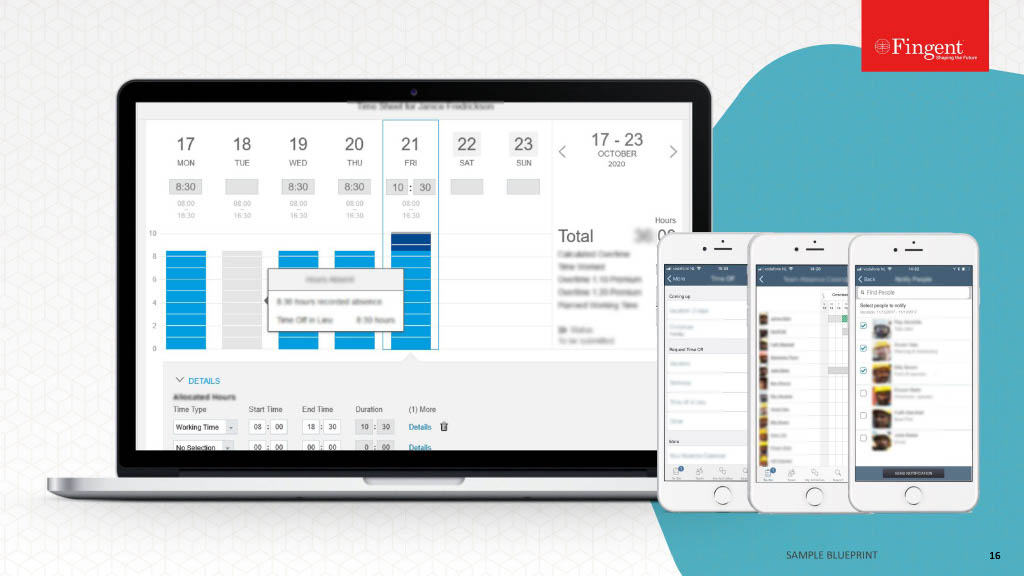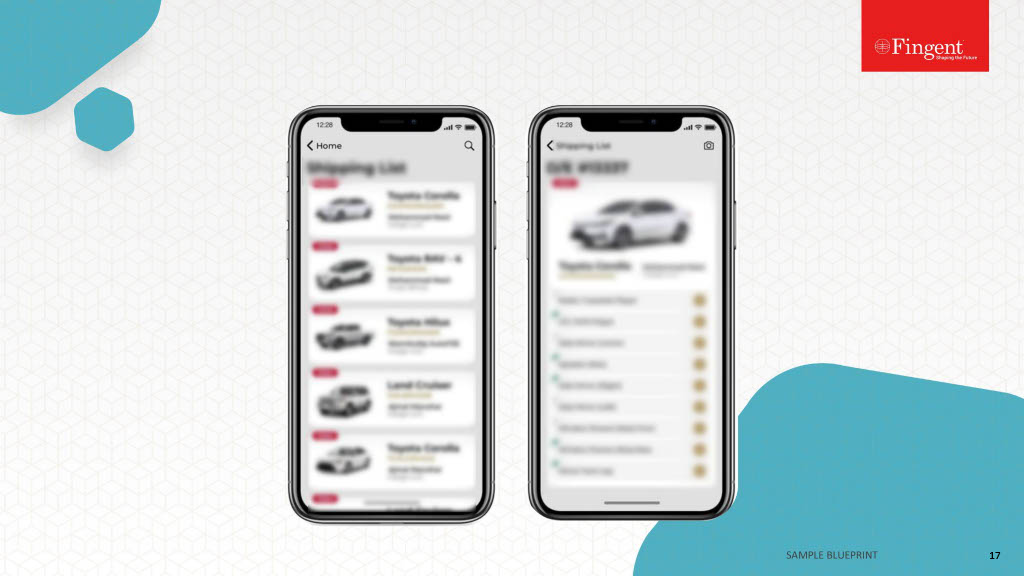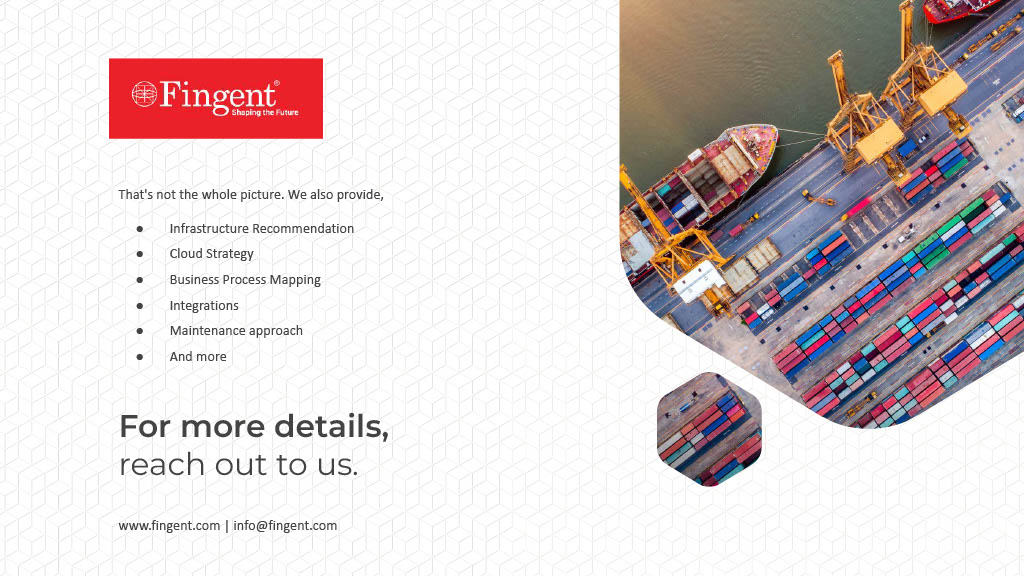Category: ERP
What if growing your business could be simple and fast? What if you could walk in every day with the confidence that everything is running smoothly and you don’t have to deal with the next big catastrophe? This isn’t a pipe dream, and we will show you how GROW with SAP will help you achieve it.
In today’s fast-paced market, businesses need to adapt to trends and scale quickly without losing control. Technology is a great help in this, and GROW with SAP is a boon. It’s a cloud ERP solution for businesses that want to grow while keeping control. It is tailored, scalable, and ready for the future. Let’s see how.
Back Your Business Operations with The Right SAP Solutions
Understanding GROW With SAP
GROW with SAP helps small, midsize, and fast-growing companies use cloud ERP. This program is focused on making the process quick and efficient. This also saves a lot of money and time. Without it, you’d need old, separate systems to get the job done.
It’s backed by the same trusted technology used by 92% of the Forbes Global 2000. In fact, 80% of SAP’s customers are small and midsize enterprises, just like yours.
But growth isn’t one size fits all. Each industry faces unique challenges, and solving them takes more than generic tools. It takes industry-specific strategies built with insight, speed, and flexibility in mind.
GROW with SAP is ideal for:
- Companies looking to digitally transform without large upfront investments.
- Businesses that are scaling rapidly and need systems that can stay up to pace.
- SMBs transitioning from physical setups to the cloud to remain competitive.
Here are some core components of GROW With SAP:
1. Cloud ERP
A cloud-based, next-gen modular ERP system.
Provides immediate insights, automation, and efficient operations.
Developed using AI, machine learning, and sophisticated analytics for smart decision-making.
Delivers ongoing innovation via automatic updates and improvements.
2. Rapid Deployment
Includes preconfigured industry best practices and guided workflows.
Accelerates time-to-value by reducing implementation time and complexity.
Minimizes risk through a structured onboarding process with SAP’s Activate method.
Access to SAP Build allows for low-code or no-code development. This means you can customize without relying heavily on IT.
3. Scalability and Flexibility
Grows with your business and lets you scale up as you expand operations or enter new markets.
Supports multi-entity, multi-currency, and multi-language requirements.
Allows easy integration with other SAP solutions and third-party applications through open APIs.
4. Business Technology Platform (SAP BTP)
Supports extensibility, analytics, and integration across systems.
Enables businesses to build and deploy custom applications rapidly.
Includes embedded learning and community access.
Comes with SAP Learning Hub access tailored for business users and IT teams.
Offers support from the SAP Community and partners. This helps customers share experiences and find quick solutions.
5. Affordability and Subscription-Based Pricing:
Offers transparent and flexible pricing models.
Faster ROI with shorter implementation cycles.
Technology is designed to adapt to new trends.
Improved operational efficiency across the business.
Stronger compliance and security with SAP’s global cloud set-up.
Empowerment of teams through intuitive user experiences and embedded automation.
What Are Some Key Aspects of ‘GROW With SAP’?
GROW with SAP is built to adapt. It focuses on the unique challenges that businesses face. This includes disconnected systems and innovation bottlenecks. Here’s a closer look at the key aspects that strengthen GROW with SAP benefits!
1. Pre-Configured Industry Best Practices
GROW with SAP saves you time. It has ready-made business processes. These are based on the best practices of top companies in each industry. These tested workflows are designed for your field.
You receive processes that match regulatory requirements, operational standards, and industry details. This saves time and cuts the risk of failed implementation.
Example: A manufacturing company can quickly use tested workflows for procurement, quality checks, and production planning. This can save months on setup time.
2. Low-Code/No-Code Tools
Not every company has a large IT team on standby. This SAP tool, however, helps by providing easy, low-code/no-code tools. This lets your business users configure, personalize, and extend processes without coding.
This feature lets teams adjust quickly to market or customer changes. They can automate tasks and keep improving operations. There’s no need for long development cycles or outside consultants for every small change.
Why it matters: Your HR team can set up a custom leave approval workflow. Your finance team can change invoice formats. They can do all this without needing a developer. Imagine the time saved!
3. Real-Time Analytics and Insights
Data should be accurate and easily accessible to be effective. GROW with SAP combines strong analytics and reporting tools to make this happen.
It provides real-time insights for every business function. From inventory status and customer satisfaction to financial forecasting and project progress, you get instant visibility into your operations. And since it’s all integrated into the same system, you avoid the classic headache of mismatched or outdated reports from siloed tools.
Real impact: A retail manager can spot weak product lines quickly. They can then adjust inventory or promotions right from one dashboard.
4. Business Process Automation
One of the quickest ways to unlock efficiency is to automate the repetitive stuff. For instance, it helps businesses with invoice generation and reporting. This cuts out manual tasks and reduces human error.
It automates your workflows. This leads to a smoother and more consistent experience for employees and customers.
Added Benefits: Automation ensures compliance. Tasks are done the same way every time, with full audit trails.
Bringing It All Together: These features create a strong ERP system. It is modern, scalable, and grows with your business. With built-in best practices, easy configuration, intelligent analytics, and automation, you’re not just digitizing your business—you’re future-proofing it.
Power Your Business To Adapt The Changing Digital Landscapes Future-Proof Your Business with SAP!
Why Choose GROW With SAP?
Here are some of the top reasons businesses opt for GROW with SAP:
Quick Value: Ready-made content and tools cut down on time and costs for setup.
Future-Ready Cloud Technology: Stay current with regular, automated updates and innovations.
Built-in Compliance and Security: SAP’s global compliance and data security standards help businesses avoid legal pitfalls.
Business Agility: Respond to market changes with a flexible, scalable ERP system.
Increased Productivity: Streamlined processes lead to better resource allocation and reduced manual workloads.
GROW with SAP helps businesses grow quickly. It boosts growth and improves operations so they can reach new milestones faster.
Enabling SAP Industry-Specific Growth Strategies
Every industry has its own way of growing. Their working processes may also differ. GROW with SAP provides tools that are tailored to meet these unique demands head-on, supporting SAP industry-specific growth strategies.
1. Manufacturing
Supply chain disruption. Thinking about it makes your skin crawl. The inconsistencies it causes in quality cannot be excused or brushed off. This leads to inconsistencies in the quality of the product delivery. GROW with SAP addresses these issues by offering:
Real-time monitoring of manufacturing operations.
Automated stock tracking and forecasting.
Built-in tools for inspections, compliance, and documentation.
These features cut waste and boost product quality.
2. Retail
The retail industry depends on customer experience, speed, and engagement. GROW with SAP helps by:
Keeping stock levels accurate across all channels.
Forging seamless connections between online, in-store, and mobile platforms.
Capturing and transforming customer data for targeted marketing and sales strategies.
Making your customers happy while keeping the backend running seamlessly.
3. Professional Services
For service-based businesses, managing people, projects, and billing is critical. The SAP tool helps with:
Keeping a close eye on project timelines, costs, and milestones.
Assigning the right team members to the right task at the right time.
Taking out the element of human error from invoice generation and compliance.
This means your service delivery is on point – smooth, on budget, and aligned with client expectations.
4. Healthcare
Balancing patient care, compliance, operational efficiency – so many hats to juggle in healthcare.
Tools to meet healthcare regulations, like HIPAA and GDPR.
Centralized, secure records with controlled access.
Streamlined scheduling, inventory, and reporting processes.
The result? Improved patient care and a more agile, compliant healthcare system.
Getting Started With GROW With SAP
GROW with SAP offers a major advantage: speed. Traditional ERP systems can take months or years to implement. GROW with SAP is quick and seamless. This focus on fast success makes it a great choice for companies. Think about all the resources and time that this saves!
Here’s how it’s done:
1. Preconfigured Best Practices
When you implement GROW with SAP, you’re not starting from scratch. It comes with preconfigured business processes. What are these better? It is designed with knowledge from decades of experience and knowledge of industry requirements.
The ready-to-use workflows from SAP are brilliant. They are tailored to meet the requirements of different sectors. This means great news for your business – you can just adopt these operations easily and affordably. This gives you the space to work on optimizing your performance rather than building your processes from the bottom up.
Example: A professional services firm can use ready-made project management and billing templates immediately. This saves weeks on setup time.
2. Scalable Infrastructure
GROW with SAP is built in the cloud. It is made to grow with you. You can add more users, expand to new areas, or launch new products. You can also scale easily as your business grows.
Start small by implementing basic functions. Then, move on to bigger tasks – procurement, finance, HR, and whatever else is needed.
Why it matters: This flexibility is vital for small and medium businesses. It lets them grow at their own pace without disrupting current operations.
3. SAP Business Technology Platform (SAP BTP)
SAP BTP is a strong platform. It brings together AI, machine learning, automation, integration, and data management—all in one place.
With SAP BTP, businesses can:
Use AI and predictive analytics together to forecast trends, make decisions, and boost accuracy.
Integrate seamlessly with third-party tools and systems for a connected tech landscape.
Build custom apps and workflows using low-code/no-code tools to solve unique business challenges.
It is like a digital innovation toolbox—giving you everything you need to build, extend, and enhance your ERP environment, fast.
4. Support from SAP’s Global Partner Ecosystem
You don’t have to go it alone. SAP’s broad international partner network—featuring certified providers such as Fingent— assists at every step of your transformation.
Certified SAP partners begin with a consultation and strategy. They then move to implementation, training, and ongoing support. This process ensures your system runs well and is fine-tuned for long-term growth and value.
Bonus: With expert partners guiding the process, even businesses with limited internal IT capabilities can roll out GROW with SAP confidently and effectively.
Why Rise with SAP is the Future of Digital Transformation?
Making the Move Is Easier Than You Think
Changing or improving your ERP might feel scary. But with GROW with SAP, it acts more like a launchpad than a leap. Fast installation and low complexity make it a great choice for companies. You can modernize quickly and start seeing value right from day one.
If you’re switching from spreadsheets, leaving outdated systems, or connecting various tools, GROW with SAP is a smart choice. It offers a dependable and future-ready solution.
Collaborating With Fingent for Your SAP Venture
Fingent is a SAP Silver partner. We help businesses reach their full potential using GROW with SAP. From the first meeting to the implementation and launch, Fingent will be with you every step of the way. We provide the tools and information that can help you understand SAP’s solutions and use it in your business.
Fingent provides customized SAP implementation and support to assist you in scaling more intelligently and rapidly. With Fingent by your side, expanding with SAP isn’t just a plan. It’s a success story in the making. Let’s talk!
Stay up to date on what's new

Featured Blogs
Stay up to date on
what's new



Talk To Our Experts
One-size-fits-all? Not anymore, and definitely not when it comes to SAP S/4HANA! If you’ve made the choice to transition from your legacy systems to SAP S/4HANA, then you’re on the right track! It is surely the first step towards business transformation. However, the next step is crucial, i.e., finding the right path to SAP S/4HANA Migration. Many factors are unique to your business, including your current system layout, business needs, and long-term goals. Your migration path can be defined based on these factors to drive a successful transition journey. Explore the various paths to SAP S/4HANA migration in this blog, and identify what suits your business the best!
Ease Your SAP S/4HANA Migration Journey With Us
1. New Implementation (Greenfield Approach)
What Is the Greenfield Approach?
The Greenfield approach is essentially a completely fresh start with a new S/4HANA. This approach allows you to redesign and optimize your business procedures from scratch. It is also referred to as ‘a new implementation’.
The new implementation approach completely reengineers the system, which could simplify processes with a technological backbone. All systems are reinstalled and re-coded to fit business needs. The Greenfield approach is suitable for new and existing customers alike. It helps multifaceted and complex systems simplify their processes. Let’s explore some benefits and challenges of the Greenfield approach.
Benefits:
- Fresh start: During the Greenfield approach to transformation, existing in-house developments and third-party systems undergo a thorough examination. This helps business owners find the root cause of any shortcomings or mishaps. Re-starting with a clean slate can ensure that no incompetence is carried forward from legacy systems.
- Process Optimization: This approach and reinstalling systems also encourage business owners to redesign business processes from scratch. It eliminates the need to adjust old processes to conform to industry standards. It helps you focus on the current needs and standards and implement them. This way, you can fully leverage S/4HANA capabilities.
- Latest Features: Classical in-house developments in the core system are being replaced by new architectures. The Greenfield approach can achieve these architectures. The new architectures allow regular modernization through rapid updates. Instead of major upgrades, these architectures focus on subareas. They continuously update the system’s smaller, more integral aspects, and the entire system is completely renewed in a few years.
Considerations:
- Cost, time, and history: The biggest fear concerning the Greenfield approach is its cost. Starting from scratch may feel like a regression and require more effort and longer project timelines. Another note is that the new implementation may lead to losing historical context that is still relevant to your business.
- Change in Management: A clean slate entails a complete shift in management. This may affect employees and users as they must get accustomed to the new system.
2. System Conversion (Brownfield Approach)
What Is the Brownfield Approach?
Also known as System conversion, the Brownfield approach enhances your existing SAP ERP system. This approach lets you migrate to SAP S/4HANA without causing much disruption to your existing system. It upgrades only specific existing elements of the SAP landscape, such as interfaces to suppliers and partners. With the Brownfield approach, you can retain your systems’ customizations and historical data. The system conversion approach allows you to re-examine your existing processes and improve the lagging ones.
Benefits:
- Reduced Disruption: Whereas it might feel like your system is shaken to its core with the Greenfield approach, the Brownfield approach is gentler. There is minimal disruption to the users. The loss of previous customizations is also prevented.
- Cost-effective: This approach does not require a complete reboot, so the cost of implementation is low. It is also not time-consuming and is best suited for companies already associated with SAP ERP.
- Data Continuity: This approach only upgrades systems, leaving all historical data untouched. It also removes the need to migrate customizations.
Considerations:
- Technical Complexity: It is sometimes viewed as a stifling innovation. This is because all the previous data from your SAP ERP is being ported over without any modifications. This process requires thorough preparation and testing.
- Customization Clean-up: This approach requires users to manually clean up incompetent customizations and useless data to leverage S/4HANA fully.
Read more: Navigating SAP S/4HANA Migration Risks For Transformation
3. Selective Data Transition or Bluefield Approach
What Is the Bluefield Approach?
Greenfield and Brownfield, together, give birth to the Bluefield Approach. This approach, also known as the selective data transition, involves transitioning only selected data and processes to the S/4HANA system. It allows you to enhance certain areas while seamlessly retaining others. This hybrid approach takes on the best of both the parent “fields” and is becoming the most preferred approach.
The Bluefield approach best suits large-scale enterprises with extensive data and complex systems. With this approach, you can eradicate any problems you may otherwise face with the Greenfield and Brownfield approaches. You can handpick aspects of your system that you want modified. These can be enhanced while your current system remains unbothered by data cleaning and migration into the new system.
Benefits:
- Flexibility: Since you can select which aspects of the system you want updated, this approach is highly flexible and can be adjusted to meet your unique business needs.
- Process Improvement: You can enhance only the key processes that require optimization without re-starting from scratch.
- Data Control: Another key advantage is that you can pick what customizations to retain and which historical data to migrate. All the data tabs are under your supervision and control. This also benefits users, as they do not have a complete perceptual shift.
Considerations:
- Complex Planning: All the aforementioned benefits can be reaped only with thorough planning. Since you have to select parts of the system to upgrade, there is a lot of effort spent on preparation. The new system needs to be tested and validated. Data needs to be mapped accurately. Customizations have to be replicated. All this needs to be done before migration and usually calls for a team of experts or a third-party tool
- Balanced Approach: Balancing the old and new system elements without losing track of them is the challenge. Handling the aftermath of the implementation is where the real work begins. This includes expert Change Management to ensure smooth transitioning. Employees must be trained to handle this hybrid system as well.
4. Central Finance
What Is the Central Finance Approach?
Central Finance is a novel approach. It involves implementing S/4HANA Finance as a central system simultaneously with your existing ERP system. SAP Central Finance is a system that is used to receive data pivotally from multiple source systems. It then transforms and processes financial data at your pace, with your ERP in the background.
Benefits:
- Gradual Transition: Because it works with the backdrop of your existing ERP, it follows a phased approach. This allows users to move at their own pace, and migration happens according to the user’s wishes.
- Financial Insights: It establishes a streamlined source for consistent reporting and analysis. With real-time replication of financial data, it provides information for intelligent decision-making on the go and instant advice to enhance financial processes.
- Consolidation: All the financial data that flows into the system is consolidated into a unified view. This gives users centralized access to all relevant information. Users can thus analyze their transactional processes without any hassle.
Considerations:
- Integration Effort: Since data is received from multiple sources, communication must be robust between these sources and the central S/4HANA system. Maintaining seamless integration among these two can be time-consuming and require expert manpower.
- Limited Scope: As the name suggests, this system is bound to focus on the financial aspects of the business. This may not always be helpful and can lead to stunted migration later.
SAP ECC to SAP S/4HANA Migration: Why Act Now?
How to Choose the Right Path?
Every business has a perfect integration path fit. As you have seen, there are multiple approaches you can choose from. Whatever path you decide to take will depend on several other factors. Factors such as your current system landscape, business goals, project timeline, and company budget. Below are a few things you should consider before deciding which integration path to take.
- Assess Current System: Assess your current state – your ERP system, customizations, data quantity, and quality. Examine how each path will impact your company’s efficiency and try to predict what your business will look like after implementation. Assessing your budgets, project timelines, and current system landscape is essential.
- Define Objectives: Take a step back and reevaluate your business objectives and goals. Draw a strong link between your business goal and S/4HANA. This will help you clarify your priorities before you move forward.
- Consult Stakeholders: Ask for advice amongst your most trusted. Involve your key stakeholders from various departments in your business. Consider their opinions and ensure that they are on board with the implementation plan. They will need to put effort into gathering input and preparing for the migration.
- Plan Thoroughly: A well-thought-out plan is least likely to fail. Don’t spare any effort in developing detailed, foolproof migration plans. They should include timelines, resource allocations, and risk mitigation strategies. Always be prepared with a post-implementation plan as well.
- Engage Experts: Consider involving SAP consultants or partners. Their expertise in S/4HANA migrations will certainly guide you through the process.
Transforming Your Business with Fingent
Statistics show that, in 2024, over 20807 companies worldwide will have started using SAP S/4HANA as an Enterprise Resource Planning (ERP) tool. The question then is not if but when you will migrate.
Granted, the process of migration is never an easy one. Nonetheless, transitioning to SAP S/4HANA is a journey worth taking. It can make a monumental difference in your business capabilities. By considering and learning about the different integration paths, you can become more prepared for this change. By carefully planning your approach, you can ensure a seamless transition that meets your unique needs. Regardless of your method, moving to S/4HANA will boost your organization for future growth and progress. Begin your transition process today and enjoy the benefits of S/4HANA to the fullest. With decades of experience in helping clients with SAP products, our team at Fingent can help you find and journey through the best migration path for your business. Let’s talk.
Stay up to date on what's new

Featured Blogs
Stay up to date on
what's new



Talk To Our Experts
It’s official! SAP will end ECC support in 2027. SAP ECC has been a cornerstone for many industries and has undoubtedly had a good run. But now it’s time to embrace change! Over the years, industries have evolved with the changing digital landscapes. The end of ECC support is yet another distinctive change compelling businesses to transition with time. But why are experts urging SAP ECC to SAP S/4HANA Migration? What happens if companies still stick with ECC, and how can one plan a smooth SAP ECC to SAP S/4HANA migration? Learn all this and more in this five-minute read!
Ready to Migrate to SAP S/4HANA?
Why Switch From SAP ECC?
The 2027 deadline is fast approaching! Have you considered the aftermaths of sticking with SAP ECC? Continuing to use SAP ECC after the end of support would mean managing outdated technology. For one thing, you will be crushed under higher maintenance expenses. More importantly, your business will have to tackle significant security vulnerabilities.
Can you afford to let your business fall behind while your competitors upgrade to cutting-edge, supercharged systems?
Opting out of transitioning to SAP S/4HANA is basically giving up on the latest features and improved security measures. It’s like refusing a fully loaded lifeboat while your ship goes down.
What Happens if I Choose to Stay With ECC?
To put it bluntly, it could very well take you down. It’s time to jump on the SAP S/4HANA lifeboat before you drown. Here are some sound reasons:
1. Lack of Flexibility and Agility:
With ECC, flexibility becomes a challenge because upgrades are difficult. The interface between extensions and SAP code with ECC is lacking. ECC also relies on batch processing, which significantly slows down response times. This makes upgrades more time-consuming and complicated, directly affecting the business’s ability to scale and adapt.
2. Impediments to Modernization:
SAP ECC runs on different database systems than HANA. Though this provides a level of flexibility, it does not meet the standards of the HANA database. In addition, crucial technologies that run the modern world, like AI, machine learning, RPA, etc., are not available in ECC. The fact that ECC cannot be deployed on the cloud is reason enough to say it’s time to move out.
3. Complicated User Experience:
User Experience is often underestimated, but to be true, it is the most important aspect of any technology. The traditional user interface that SAP ECC offers focuses on the business function. This served a purpose for a time but was complicated to a normal end user. However, the need of the hour is a more role-based and easy-to-use interface. A system that can be used by anyone.
What Is the Advantage of S/4HANA Over ECC?
Transitioning from SAP ECC to SAP S/4HANA is a true upgrade. It’s promising revolutionary progress for businesses with in-memory computing abilities, simplified data models, cloud enhancements, and refreshing user experiences. Here’s a detailed view of the distinctive advantages of SAP S/4HANA over ECC.
1. In-Memory Computing: SAP S/4HANA employs in-memory processing technology with SAP HANA. This significantly speeds up data processing and analysis. Thus offering instantaneous insights and decision-making abilities. Old-fashioned disk-based ECC databases may be sluggish and unresponsive.
2. Simplified data model: SAP S/4HANA’s simplified data model eliminates duplication and lessens the requirement for data reconciliation.
3. Improved User Interface: S/4HANA’s SAP Fiori interface offers a contemporary, user-friendly experience. It allows users to work faster and more efficiently, increases application adoption, decreases errors, and saves training costs.
4. Sophisticated Analysis: S/4HANA has integrated, predictive, instantaneous analytics built into the system. On the other hand, ECC frequently necessitates additional tools to achieve these functions, resulting in fragmented and delayed insights.
5. Cloud Capabilities: S/4HANA has been created with cloud integration as a priority. This powers business operations with increased scalability and flexibility. In comparison, ECC has limitations, which will only increase with the support deadline.
6. Automation and AI Integration: S/4HANA facilitates the incorporation of advanced technologies such as AI, machine learning, and robotic process automation. This allows for more intelligent and effective business operations, while ECC’s abilities in these areas are restricted and frequently need significant customization.
7. Simplified Business Operations: SAP S/4HANA offers integrated end-to-end solutions. Think of it like running a well-oiled machine, where everything works together effortlessly. Not so with ECC, which is a disjointed and standalone approach.
Connect With SAP Experts To Plan Your Migration Approach
Why Seize the Moment Today and Switch to SAP S/4HANA?
Switching to SAP S/4HANA now can gain you numerous perks:
1. Cost Savings: Early migration spreads the investment, avoiding high costs associated with a rushed transition. It’s akin to booking tickets in advance to avoid exorbitant prices later. Moreover, as the 2027 deadline nears, migration service demand will surge, likely raising costs.
2. Avoid Last-Minute Complications: A planned migration minimizes disruption to business operations. Procrastination only sets the stage for slip-ups and system glitches. It’s like gearing up for a marathon: steady prep beats any last-minute sprint.
3. Maintain Business Efficiency: Early migration enables immediate benefits from SAP S/4HANA’s enhanced capabilities, preserving and enhancing operational efficiency. Why get left in the dust with old tech when you can glide ahead with the latest?
Read more: Navigating SAP S/4HANA Migration Risks For Transformation
How Can Fingent Simplify the SAP S/4HANA Migration Journey?
At Fingent, we have experts who can walk you through the changing SAP trends and help you discover migration approaches that best suit your business. Our consultants can prepare customized strategies just for you, ensuring minimal disruption during migration. We identify challenges and opportunities through comprehensive assessments, streamlining the migration process effectively.
With precise data migration and integration, we ensure a smooth transition. We empower your business with enhanced capabilities. Our customization and optimization services tailor SAP S/4HANA to fit your specific needs. This maximizes efficiency and productivity. With comprehensive training and ongoing support, we equip your team. Trust Fingent to navigate your ECC to SAP S/4HANA journey seamlessly. Unlock new growth opportunities and success.
Collaborate with Fingent today for a smooth shift to SAP S/4HANA, opening up possibilities for growth. Avoid procrastination – keep ahead by choosing Fingent as your migration partner.
Stay up to date on what's new

Featured Blogs
Stay up to date on
what's new



Talk To Our Experts
Everyone is talking about the new SAP S4HANA Cloud Public Edition! Is it really that big a deal?
The short answer is Yes! The detailed answer is in this blog. Let’s see how exactly this new technology is helping businesses drive efficiency.
What Is The New SAP S/4HANA Cloud Public Edition?
Over the past few years, technology has progressed at a rapid rate. Especially with new integrations of artificial intelligence emerging every few months. From boosting user experience to corporate productivity, making better judgments, and automating business processes. AI is increasingly revolutionizing how businesses function.
To leverage these rising capabilities of AI better, SAP SE enables smart integration of AI, Machine learning, and other emerging technology. SAP SE, the world’s biggest enterprise resource planning software provider, creates enterprise software for managing corporate operations and customer relationships. They often include intelligent capabilities in their products and promise to continue to invest in AI to help enterprises succeed. Their latest unveiling was for the new SAP S/4HANA Cloud Public Edition!
SAP S/4HANA Cloud Public Edition (2402 update) is built on the technological product SAP S/4HANA Cloud. With this new offspring, SAP introduces a new generation of business applications: easy enterprise software for big data and agility. It is also cloud-based and offered as software as a service (SaaS), allowing you to access it from any web browser. SAP S/4HANA Cloud Public Edition’s latest developments enable your entire organization to benefit from cutting-edge user experiences, built-in intelligence, and core ERP capabilities.
According to statistics, More than 75% of all worldwide transactions come into contact with SAP software. Over 400,000 companies in 180 different countries use it. Along with its many perks, SAP has also launched its very own AI-powered co-pilot. Joule, which is available through the SAP Early Adopter Care program, has the potential to reinvent user engagement, improve company processes, and boost productivity. It can provide rapid, contextual access to material and apps. Users can just ask Joule for help and be sent to the proper place.
Enhance Your Business Performance Efficiency with SAP S/4HANA. Discuss Your SAP S/4HANA Migration & Conversion Projects With Us!
How Will the New SAP S/4HANA Cloud Public Edition Benefit Businesses?
The 2402 version improves efficiency across a variety of corporate processes by incorporating AI capabilities. Some examples are:
1. Finance
Enhanced compliance via risk management may enhance transparency and process health, resulting in a more robust compliance framework in your financial operations. This edition allows you to efficiently guide your organization and increase productivity while implementing compliance and risk management tools such as built-in best practices, reporting, and predictive analytics.
SAP Analytics Cloud integrates financial planning with CO2e information, allowing for planning alongside economic sustainability goals. You can slice and dice data in real-time across many dimensions with any level of granularity. It improves cash flow management by using data to address payables, receivables, and cash flow challenges. Ultimately, it offers a unified, comprehensive, and real-time overview that enables you to examine vital metrics in any degree of detail.
2. Sales
The sales order auto-completion feature speeds up sales order formation and processing by making intelligent input field recommendations. It streamlines the order-to-cash process across revenue streams and business models, including physical and digital items, services, subscriptions, projects, and packages.
It also automates invoicing by combining billing and accounting, improving cash flow and revenue recognition accuracy, simplifying accounts receivable, and meeting local standards. Finally, it promotes on-time delivery by identifying and resolving the source of fulfillment difficulties in real time using a full list of delayed sales orders, built-in analytics, and collaboration tools connected with Microsoft Teams.
3. Procurement
SAP 4/HANA Cloud Public Edition allows you to automate procure-to-pay operations and evaluate POs, contracts, invoices, and requisitions at different levels of granularity. You may also improve the effectiveness of buying contracts by implementing approval procedures to assess contract consumption and renewal and negotiating discounts for long-term supplier contracts.
Finally, clearly understanding your suppliers allows you to develop a strong supplier network. You can approve the most trustworthy providers and get the optimal mix to meet business objectives while minimizing risk.
4. Manufacturing and Supply Chain
Integrating SAP S/4HANA Cloud Public Edition and the SAP Integrated Business Planning application can improve production by ensuring operational excellence and seamless integration across all manufacturing processes, including manufacture-to-stock, make-to-order, and engineer-to-order. Automated Material Inspection simplifies material inspection for customer returns, increasing logistical efficiency and flexibility.
You can even track the status of your manufacturing orders in real-time, identify and address challenges, and manage issues like low inventory levels, all of which improve operational efficiency and productivity. The SAP Business Technology Platform (SAP BTP)-based module can automatically match supply and demand, purchase materials, and discover suppliers with the ability to manufacture more. It also has customizable dashboards and reports, allowing you to examine real-time inventories and watch the progress of inbound and outbound deliveries.
5. Professional Service Automation
SAP S/4HANA may fundamentally revolutionize your capacity to manage projects and provide outstanding professional services to your clients. With straightforward and easily available insights, you can make data-driven decisions that boost profitability and accelerate growth.
Project Control: Professional Services, the Projects app, allows you to monitor project health and resolve concerns in real time with simplified finance management. It increases your chances of winning more business by allowing you to bid faster and more accurately. You may increase profitability by applying designs from previous projects with high margins and swiftly identifying resources, services, and work packages.
Smoothly Transit To SAP S/4HANA Cloud Without Disrupting Your Business Continuity.
How Can Fingent Help Leverage SAP’s Rising Capabilities?
The success of your organization is dependent on selecting the appropriate SAP product and using it correctly. Future-proof your organization with our bespoke SAP software solutions, which range from basic ERP to innovative and intelligent solutions.
Fingent is a SAP consulting firm with unparalleled competence in SAP software solutions. As a SAP Silver partner, we provide SAP consulting solutions to businesses worldwide across various sectors. This also means that we are proficient in the latest updates and technology and can help you successfully implement the benefits of SAP S/4HANA Cloud Public Edition.
We provide the necessary S/4HANA skills, experience, and end-to-end services, such as strategic advice on selecting the best S/4HANA migration path for your company. Our seasoned team of professionals is client-centered and transparent, providing comprehensive implementation, integration, and application-managed services on various SAP products.
Call us, and let’s get down to implementing the best solution for you.
Stay up to date on what's new

Featured Blogs
Stay up to date on
what's new



Talk To Our Experts
Which transformation path aligns with your business objectives? This is a critical question to ask when designing your business transformation journey. This makes it vital to take the time to know all the available options. It is also important to consider all aspects of each option and their implications before you embark on your business transformation. This blog will explain all you need to know about the new SAP S/4HANA Cloud 2111 release. It will also describe how SAP S/4HANA Cloud 2111 helps in solving business issues.
What is SAP S/4 HANA Cloud?
SAP S/4 HANA Cloud is an intelligent Enterprise Resource Planning (ERP) system. It has built-in intelligent technologies like ML, AI, advanced analytics.
It helps organizations smoothen their business transformation by assisting them in adopting new business models and managing business change at speed. Also, it can orchestrate internal and external resources while using the predictive power of AI.
SAP S/4 HANA Cloud can empower businesses to consistently outperform with instant intelligence and actionable insights. It can be implemented quickly and reduce support costs.
Now that we know what SAP S/4 HANA Cloud is, let’s understand what is the difference between the old SAP S/4 HANA Cloud version and the new version.
Read more: SAP S/4 HANA: Transforming CFO’s into a Business Value Creator and Role Model
Difference Between the Earlier SAP S/4 HANA Cloud Version And The New 2111 Version
Many think that SAP S/4 HANA Cloud 2111 builds on the earlier version. In fact, the latest version exceeds the earlier version. It has increased flexibility in the consolidation process. This means users can now create additional customer individual consolidation unit attributes. These help in defining validation rules.
SAP S/4 HANA Cloud 2111 comes with enhanced core consolidation rules. These include more flexibility in source and destination rules. Companies can now benefit from an improved ‘import consolidation master data’ app. This new feature helps users gain time and makes maintenance easier.
Along with many other enhanced features, SAP S/4 HANA Cloud 2111 now provides enhanced movement flow management. This means that SAP customers can have full control over the ‘default subitem’ field allowing them to edit and assign default subitems.
How Can Your Industry Leverage The New SAP S/4HANA Cloud 2111?
SAP S/4 HANA Cloud 2111 brings many exciting innovations to various industries. Here are some examples:
1. Manufacturing
The newer version has revised the SAP Fiori app. The ‘Maintain Tim-Dependent Stock Levels’ option is specifically designed for the manufacturing industry. It allows its users to display, create, and update time-dependent stock levels for specific materials.
Manufacturers can define safety stock levels based on validity intervals. This enables them to react to varying demands dynamically. By ensuring sufficient stocking of products at all times, users can reduce deficiency risk.
2. Supply chain management
To support supply chain management SAP Fiori app is enabled to support split valuations in the goods-receipt process. This allows users to create their own global valuation types.
3. Service companies
SAP S/4 HANA Cloud 2111 has enhanced service order planning based on spare part reservations. This enables customer service managers to gain better insights into stock availability and to ensure that planned quantities of spare parts are always at hand. Such accurate service order planning ensures on-time delivery.
4. Finance
SAP S/4 HANA Cloud 2111 provides SAP Fiori apps in ‘collections and dispute management.’ This modernized process offers extensibility options that help the app deliver a seamless user experience.
These new apps improve the process of collecting receivables and handling dispute cases. Along with several other features, it provides in-depth data insights to its users.
Read more: 6 Capabilities of SAP S/4HANA That Will Help You Become An Intelligent Enterprise
4 Top Challenges SAP S/4 HANA Cloud 2111 Helps Resolve
1. Project management
The latest release SAP S/4HANA Cloud 2111 allows project managers to plan, trigger and monitor materials or services enabling them to ensure on-time delivery.
Here is how it helps resolve challenges in project management:
- Date alignment is accelerated by reducing manual efforts leading to more accurate planning of project demands.
- Purchase contract for specific demand.
- Automatic demand blocking prevents requesting for unrequired demands.
- It provides a comparison chart for improved monitoring.
2. Sales
SAP Self-Billing Cockpit allows users to receive and process self-billing messages, edit messages, and receive multiple order reasons and condition types in case of errors or differences. This latest feature offers a central entry and overview page to its users, leading to a more efficient sales process.
3. Product compliance
Monitoring of substance volumes will help users to comply with chemical regulations. It is integrated with the logistic processes of purchasing and manufacturing.
Substance Volumes Tracking feature enables users to identify possible risk factors. It can track, calculate, monitor volumes for substances either imported or produced within the country.
This will help users to define legal entities and map production plants. Thus, it increases transparency by directly linking the aggregated substance volumes to the original logistic documents.
4. Asset management
SAP S/4HANA Cloud 2111 introduces four process phases:
- Reactive maintenance
- Proactive maintenance
- Improvement maintenance
- Operational and overhead maintenance
Process phases help in creating specific maintenance requests for technical objects like functional locations or a piece of specific equipment.
These requests allow users to store relevant information that will help the employees to identify and solve any problems that might occur. Such simplified work requests for maintenance reduce the unnecessary effort for logging maintenance issues.
Read more: How Fingent Helps CFOs Gain New Insights and Reliably Enable Key Decisions
How Does Fingent Smoothen Your Transit To SAP S/4HANA Cloud 2111?
SAP S/4HANA Cloud 2111 can empower your business to stay relevant and competitive. Fingent is a leading SAP Silver partner. To be classified as an SAP silver partner there are certain rigorous criteria that a company must meet around SAP certification and dedicated SAP resources.
We offer a broad range of services under the umbrella of SAP. This includes business consultation, implementation, and post-implementation services and support.
Take a look at our Case Studies to see how we have implemented various aspects of SAP for our clients.
We work with our customers from pre-planning through to project execution and application support. We assure you that you will receive the best possible care in the long term. Give us a call and let’s discuss your project.
Stay up to date on what's new

Featured Blogs
Stay up to date on
what's new



Talk To Our Experts
“Our future success is directly proportional to our ability to understand, adopt and integrate new technology into our work.” – Sukant Ratnakar – CEO, Quantraz Inc.
Since the dawn of its creation, SAP has been an incredible partner for businesses and organizations. The creator’s dream, to empower customers with the ability to interact with a common database for an all-round range of applications in real-time, continues to thrive even today. Many businesses that are already SAP customers are migrating to the fresh and new S/4HANA module. This comes as no shock, seeing as how beneficial this module is to business process workloads and applications.
If you plan to make this smart shift too, keep reading to better prepare yourself for this adventure!
What Is S/4HANA?
Before we delve into the need and benefits of this new SAP module, let us first re-learn its basics.
S/4HANA is an ERP business suite built on the SAP HANA in-memory database that allows businesses to manage transactions and analyze company data in real-time. It is the central focus, or “digital core,” of SAP’s approach to helping clients go through digital transformation.
Digital transformation allows businesses to change current workload processes and models or build new ones. As a result, they are more equipped to adapt to shifting market conditions, client needs, and business requirements. According to 6sense, SAP S4/HANA currently has 25,595 satisfied customers across the globe, and according to SAP Insider, 24% of businesses have already migrated to S/4HANA.
The Need To Migrate!
Consistently upgrading and migrating to newer technology is a necessity for businesses today. Although you may feel like you have time before you absolutely need to upgrade to S/4HANA, it is imperative that you start the SAP S/4HANA transformation process as soon as possible. Listed below are two reasons why:
1. Time-Intensive Planning Requirements.
The conversion process may take two years or longer, depending on how complicated your system is. This is especially true if you want to pursue an agile and flexible strategy that reduces risks and effects on the business and offers an easier return on investment! Remember that for a successful and low-risk system conversion, data streamlining—including cleaning tasks, customizations, and licenses – must also be taken into account.
2. Avoid Chaos In 2027.
Starting in 2027, SAP Business Suite 7 (including SAP ECC 6) will no longer be supported by SAP. Their consulting partners will be in more demand over the coming years to assist companies with upgrades in order to meet this deadline. Experts in SAP and cloud computing are in high demand, and the longer you wait, the harder it will be to locate qualified assistants who will not take advantage of the hurry and charge exorbitant fees for their services.
Top Benefits
The benefits of migration are strong, which makes it all the more important to take that leap. Businesses will be able to concentrate on development and expansion rather than the technical details of integrating several IT systems when they use S/4HANA. According to studies, S/4HANA has the following benefits:
- 10%-15% lower logistics costs
- 25%-30% shorter manufacturing cycles
- 10%-15% higher productivity
Flexibility is the greatest perk of this module. SAP HANA offers flexible access to any users who desire to utilize it with ease.
Listed below are a few major reasons why you should migrate to S/4HANA:
1. Enhanced Accuracy Due To Analyses
Simplifying data structures and introducing the Universal Journal have made it possible to slice and dice data in real-time using the capabilities of an in-memory HANA database This accelerates accurate analysis. As a result, with a few straightforward visualization tools like SAP Analytics Cloud, you can quickly access precise data.
2. Simplification
Every piece of data is automated. This makes it easy for businesses to develop suitable strategies even when expanding. Real-time insights will also be referenced in the attractive layouts and user-friendly interface. As a result, businesses will be able to process data online and instantly modify things through devices.
3. Agile And Innovative
When implementing standard and commoditized business processes, you can concentrate on those that give you a competitive edge over your competition. It is considerably simpler to integrate with other best-of-breed applications due to the straightforward data structures and simple integration with the public cloud innovation platform. A flexible architecture is the foundation of invention and agility. Other benefits include increased productivity, enhanced user experience, resilience, and many more.
The Best Strategy To Migrate
The procedure of migration to S/4HANA is an important part of your business’s legacy. Simply put, this process includes two parts: first, to upload all applications and important workloads onto the cloud, and second, to upgrade to S/4HANA.
Listed below are 3 best practices to keep in mind during migration:
1. Preparing For Migration.
Your network needs to be ready for cloud connectivity before you can plan to migrate workloads to the cloud; this is effectively connecting your data center to the cloud. This step also includes deciding what to streamline, what you want to preserve, and what aspects to improve. Examine all your business data and separate what is important from the ones that need little to no attention.
2. Organize And Enhance Your Hybrid Landscape.
Nobody switches over all of their SAP operations from on-premises to cloud-based S/4HANA at once. Instead, SAP clients usually move the least important programs first, then add more as needed. It is necessary to identify the criteria for data conversion, data mapping, and data quality. Take it slow, giving proper attention to details.
3. Seek Out A Selectivity-Focused Migration Partner.
A good migration partner who focuses on SAP transformation projects might provide mix-and-match strategies that let you choose exactly which components to use in your S/4HANA migration. All your questions will be answered effectively, and they will be able to guide you throughout the transformation process and beyond.
How Can Fingent Help?
The secret to accomplishing your IT and business goals is choosing the best S/4HANA solution for your industry. Here at Fingent, our strategy combines preconfigured solutions, industry-specific templates, automation solutions, modular and agile frameworks, and the finest SAP activation methodology. Our unique and customized service has catered to many successful businesses.
We assist you in integrating strategy, technology, and processes to make sure that the right insights and procedures are driving your business. We have a team of professionals to help guide you through your migration process and help you make a success of your migration.
Give us a call today.
Stay up to date on what's new

Featured Blogs
Stay up to date on
what's new



Talk To Our Experts
A strong technological backbone – that is what is required of businesses today. From simple record-keeping tasks to complex future planning tasks, advanced technology can support a business and allow it to function smoothly. ERP solutions were designed exactly for this purpose: to boost the capabilities of businesses. To understand this better, let us take a short tour into the world of cloud-based ERP solutions and see how they benefit companies.
What Is Cloud-Based ERP and How Does It Work?
Cloud ERP or Enterprise Resource Planning Software is a modular software system designed to integrate all the core processes in an organization. It acts as the IT backbone of a company and is accessible over the Internet. The demand for cloud-based ERP systems has consistently grown because of their ability to access and analyze massive amounts of data in near real-time. This means that as new data is added to the system, the ERP system analyzes this data consequently and produces results spontaneously.
Cloud ERP systems are built with vast combinations of technologies connected by high-speed internet networks. They are always online, and the ERP vendor takes care of any security updates. These systems have a wide range of business applications to help workflow efficiency with exclusive attention to a positive customer experience and boosted profits. Businesses can choose from different deployment modules and settings according to their needs. This keeps the business team focused on its core operations and will help streamline workflow to meet the company’s goals.
Pros And Cons Of Cloud-Based ERP Solution
As with any solution, it is wise to consider both the pros and cons of Cloud-Based ERP before investing in it.
Pros –
- Scalability: This is perhaps Cloud ERP’s most impressive feature. Its ability to seamlessly scale as a company’s needs progress is spectacular.
- Mobility And Access of Information: Cloud-based ERP software permits smooth access and control of information and company data through ERP-enabled mobile devices, making it easier to access important data from wherever and whenever necessary.
- Real-time Analysis: This is a priceless tool for businesses today, and with cloud ERP, companies have the power to access information as it becomes available allowing them to make faster and more efficient decisions.
Cons –
- Long-Term Costs: Cloud ERP works best for businesses with a clear long-term vision. If you expect your business to grow rapidly over time, then the cost of the cloud-based system will be worth it. On the contrary, if you expect your business to remain static, then a regular traditional ERP service is best suited for you.
- Absence Of Customization: A cloud-based ERP system may have a rigid template, and when you implement your ERP system in the cloud, your ability to customize it will be stunted. This system is extremely beneficial for smaller businesses, while larger ones might benefit from having an ERP expert to deal with this.
- Connectivity Issues: Uploading all your data to the cloud will mean that you need to have a strong internet provider. Without a smooth connection to the cloud, your workflow cannot run easily, and this will ultimately lead to significant issues.
What Are The Top Benefits Of Implementing Cloud ERP?
There are innumerable perks to implementing Cloud ERP and listed below are five of the most beneficial:
1. Quick And Painless Upgrades And Updates: Every ERP software requires periodic updates, and this process can be tedious when it falls under your responsibility. With cloud ERP, the service provider takes on the duty of upgrading your software regularly, making it hassle-free for you.
2. Real-Time Analysis: As we saw earlier, cloud ERP’s real-time data analysis feature is its strongest suit. It helps employees access important information as it becomes available and keeps them up-to-date with business decisions.
3. Simplification And Automation: With the implementation of cloud ERP, companies can consolidate previous legacy applications, integrate all existing and new applications, simplify workflows, and intelligently automate processes.
4. More Security And Less Data Loss: Data security is a growing concern for most businesses nowadays. To tackle this issue, cloud-based ERP vendors can deliver enterprise-level security and compliance to safeguard your data. Cloud-based ERP systems also have a robust backup and recovery plan that ensures that no data is lost during upgrades or security breaches.
5. Free Up Internal IT Teams: While Cloud ERP software vendors do all the mundane technical tasks, internal IT teams have more time to focus on other, more important responsibilities such as hardware maintenance and product support. They will be able to concentrate on higher-value activities and spend only a fraction of their time on troubleshooting and routine ERP check-ins.
Read more: A Complete Guide On Enterprise Resource Planning!
How To Know If Your Company Needs Cloud ERP
Identifying your company’s needs and recognizing when to accept help is crucial for your business’ survival and growth. Seeing how vital Cloud ERP can be to a company’s progress, let’s look at a few signs that might indicate that your company needs Cloud ERP software.
1. If you use different solutions for different processes: When you notice that different departments in your company use different solutions to perform their tasks, it can be a clear sign that you need to find a unified solution that all these departments can access together. Cloud ERP can unify multiple processes and integrate every business function into a single database.
2. When every task is manual and not streamlined: When a company heavily relies on traditional and ancient legacy systems, its speed of growth can diminish. Manual tasks are extremely time-consuming and are at greater risk for human error. To help with this, ERP systems can automate or streamline these everyday tasks to save money and boost efficiency.
3. If the retrieval of information takes forever: Time flows faster today, and if your business fails to function at lightning speed, you’re bound to miss out on profits. Your staff members should be able to retrieve key data immediately, without any delays or the need to search for it in multiple places. A cloud ERP system offers a full-blown, all-inclusive view of the entire business operation no matter when you need it, making it effortless to access the correct data at the right time.
4. When sales and customer service are suffering: Your customer is the top priority of your business. If customer experience is deteriorating, then you have to do everything in your power to rectify it. As your company grows, managing inventory becomes more challenging. This is where Cloud ERP can help you. Due to its unified processing, staff in every department will have access to the same, up-to-the-minute information about the company. This makes it easier for customer-facing reps to pull up customer information quickly. To do one better, customers can even check their account status information, while warehouse managers can check if stock is getting low and can reorder.
Investing in Cloud ERP can be a costly affair at the start, so analyzing your business needs thoroughly before making any decision is very important, including your goals for the next few years.
Cost Factors With Regard To Cloud ERP
Profits are what it all boils down to in business. If you find yourself spending more and more money on business maintenance, you need to stop and take a good look at your expenditures. Investing less and making more is the right way to run a business, and Cloud ERP can help you reach that goal. This software has a great capacity for streamlining and optimizing your operations and business processes without the need to spend heavy amounts of money on data security.
Of course, Cloud ERP integration costs money, too. Some factors that will affect the cost are:
- licensing costs
- number of integrations required
- complexity of the ERP system
- volume and quality of data
- extent of customization required
- integration tools and technologies
- IT manpower
It would be best to speak with an experienced ERP integration specialist who understands your needs and can provide the best solution for your budget.
Choosing The Right ERP Vendor
Once you have analyzed your business needs, the next step is to look for your ERP vendor. The single most important criterion for selecting the right ERP vendor is to check if they are the most functional fit for your organization.
Ensure to partner with someone with a good track record in ERP implementations. Check their references, ask for case studies, and get to know how well they understand the needs of your industry. A good vendor will communicate with you and offer post-implementation support.
How Fingent Can Help
As an exclusively client-centered service, Fingent brings you a team of qualified and brilliant professionals to make your ERP solution implementation process simple and perfect. Our specialists use top-notch and advanced technological tools to help our clients. We also offer great post-implementation assistance by keeping track of performance and staying in contact with clients through user comments to make any necessary fixes.
Give us a call, and let’s discuss your needs.
Stay up to date on what's new

Featured Blogs
Stay up to date on
what's new



Talk To Our Experts
Regardless of its size, every business needs to work seamlessly with perfect efficiency to stand out and be noticed. Among the many different essentialities that course through the veins of a business, data allocation and decision-making are two important ones. Although it may seem like just a part of the nitty gritty, it plays a paramount role.
In this article, we will understand what data allocation is all about, and we will familiarise ourselves with how SAP Analytics Cloud can help with data allocation.
Understanding Data Allocation
Before we move any further, let us first thoroughly understand data allocation. Data Allocation is essentially an intelligent distribution system that places your data fragments into sets to improve overall database performance. It also drastically reduces the costs of transaction processing and enables owners to distribute revenue, expense, and statistical amounts across multiple business units, departments, and even other businesses.
Traditional data systems such as data warehouses and relational databases have existed for nearly 30 years. Although “old is gold,” it does not apply in this case. These traditional, or quite frankly outdated, systems have many challenges that cannot always be overlooked. A few of these key challenges faced by traditional data allocation methods that lead to the creation of modern systems are –
- Large data is too big for traditional storage
- Data can be of higher complexity
- Data quality tends to drop during allocation
There are many reasons why data allocation is beneficial to a business in terms of its performance and decision-making; listed below are some of those benefits:
- Employees’ relief – data allocation removes a lot of unnecessary strain from accountants or employees as it eradicates the mundane nature of this task.
- Client satisfaction – An optimal resource allocation system identifies the most appropriate team with complementing skills that cross-section to deliver perfect results for the project.
- Increased decision-making accuracy – With the correct data and analytics tools, businesses can make accurate and appropriate decisions in real time, ultimately leading to an increase in accuracy and efficiency.
- Boosts risk management and mitigation – By allocating data, businesses have a better insight into any potential risks and can take proactive measures to mitigate them deftly. This can help your business avoid costly mistakes and prepare you for the impact of unforeseen attacks.
Introduction To SAP Analytics Cloud
SAP, short for Systems, Applications, and Products, is a leading software company founded in 1972. It is essentially a software supplier, and ERP software systems are created and supervised by SAP. SAP Analytics Cloud was released in 2015 and is a cloud product that offers services (SaaS) for business intelligence (BI), planning, and predictive analytics. Its united and highly secure cloud maximizes data-driven decision-making for businesses.
The three fundamental components of SAP are:
- Business Planning – for data collection and analysis
- Business Intelligence – for reporting, data discovery, and visualization
- Predictive Analytics – for future-proofing and compliance
The SAP Analytics Cloud comes with several benefits, including enterprise planning tools and tools to align your company’s expenses and cost strategies. These are helpful in fields like HR, Sales, IT, and Marketing.
The SAP Analytics Cloud’s allocations feature is a widely famous and useful tool for businesses to analyze and designate values on objects on the driver. Regardless of whether you are a seasoned SAP Analytics Cloud user or a novice to the platform, the cloud has a solution to almost any problem a user may face. With its seamless integration, enticing design, and advanced capabilities, this Cloud offers a compactable solution for large and small businesses with customizable dashboards, enhanced reporting features, and easy-to-use tools.
Read more: SAP Customer Experience: Creating Seamless Omni-Channel Experiences.
Optimizing Data Allocation With SAP Analytics Cloud
Optimization of data is the process of extracting, analyzing, and storing data for maximum efficiency. There are innumerable optimization tools on the internet, and although they each have their own unique features, SAP Analytics Cloud is known to be the best. With this solution, there is a wide array of optimization under-structures. A few of them are Browser/Client Optimization, Analytical Application Optimization, Story Optimization, Planning and Data Action Optimization, Network Optimization, and Backend Optimization.
SAP Analytics Cloud fulfills the needs of data visualization, budget planning, and predictive analytics perfectly. SAP developed it as an unabridged SaaS-based product that would have no shortcomings. It holds up this reputation by covering a wide range of needs, from data visualization, budget planning, and predictive analytics to automated data allocation, collaborative planning and budgeting, centralized data repository, and real-time integration.
Use Case: Successful Implementation Of SAP Analytics Cloud For Data Allocation
It must already be clear by now that SAP Analytics Cloud is a brilliant tool that can benefit any organization that uses it. Digressing from it will weaken your business’s reputation and functioning. This cloud system is put to extensive use in many sectors of society; three of the major sectors are:
- Financial Sector – It is used for large-scale budget streamlining and forecasting analytics processes.
- Manufacturing Industry – In this industry, the cloud allocates resources and optimizes production planning.
- Retail Sector – The retail sector has recently tapped into the potential of SAP Analytics, and they enjoy it completely by using it for managing inventory and demand chain predictions.
Best Practices For Implementing SAP
Similar to the implementation processes of many advanced technologies, even SAP Analytics Cloud has a set pattern to follow for maximum efficiency.
1. Define Clear Data Allocation Objectives And KPIs
Starting with a crystal clear vision always helps. Keep your Business Intelligence and Business planning locked and loaded before the implementation begins.
2. Collaborative Planning And Involving Stakeholders
This step is usually overlooked, but that would be a mistake. It is imperative to keep your business stakeholders in the loop for any implementation as it will cost the organization money, and stakeholders need to be able to organize a budget for it. Collaborative planning within the company will also boost the process and make it more secure.
3. Ensuring Data Accuracy And Integrity
This can be achieved through proper validation and cleansing. Running through multiple models before the final implementation is vital. Business data is highly confidential; therefore, ensuring its accurate integration and clear integrity is a top priority.
4. Continuous Monitoring And Optimization Of Data Allocation Processes
The last practice would be to complete maintenance after implementation. Aftercare is important. Keep an active eye on the cloud’s allocation processes and optimization habits.
Future Trends And Innovations In SAP Analytics Cloud
The SaaS service is an ever-evolving and continuously progressing service with new features consistently popping up. The future of SAP Analytics Cloud is bright, and investing in it at the earliest is a great way to be a part of this future. Three of the biggest trends and innovations in SAP Analytics Cloud are:
1. Integration With Emerging Technologies
The involvement of any form of advanced emerging technology already promises a skyrocketing rate of progress. These technologies will enable SAP Analytics Cloud with real-time integration and processing, among many other things.
2. Embedded Analytics And Real-Time Insights For Faster Decision Making
Alongside data allocation, SAP Analytics Cloud thrives in efficient decision-making. With its embedded analytics and consistent real-time insights, the whole daunting decision-making process will be overtaken by this cloud.
3. Predictive Analytics For Proactive Resource Allocation And Forecasting
Lastly, this cloud service is bound to enhance its predictive analytics for more appropriate resource allocation and demand predictions. This is probably the most impactful trend that can emerge in SAP Analytics Cloud as it can make your business future-proof and ready.
Read more: A Simple Guide To Handling Common SAP Errors & Troubleshoots.
How Fingent Can Help
Fingent provides certified experts for a client-centered service with transparency and good communication. These experts utilize the latest and fast-emerging advanced technology to make your SAP S/4HANA implementation process easy and flawless. We assist our clients through every step of the implementation process and even provide excellent post-implementation support by monitoring performance, addressing user feedback, and providing any necessary fixes.
Give us a call, and let’s talk about how we can make SAP Analytics Cloud work for you.
Stay up to date on what's new

Featured Blogs
Stay up to date on
what's new



Talk To Our Experts
Businesses find themselves at a critical juncture as customer expectations soar and their loyalty hangs by a thread. The key to captivating and retaining customers lies in mastering the art of seamless omni-channel experiences—an unparalleled approach that fuels growth, builds unbreakable bonds, and sets organizations apart in the digital era.
Embracing this transformative strategy is no longer a choice but a necessity. Thankfully, at the forefront stands SAP Customer Experience, empowering businesses to redefine the very essence of customer engagement.
In this blog, we dive into the crucial significance of delivering seamless omni-channel experiences in the digital era and explore the pivotal role played by SAP Customer Experience in achieving omni-channel excellence. We will also take a look at the success stories of industry-leading companies that benefited from SAP customer experience.
Meaning and Significance of Omni-Channel Customer Experiences
Today, customers’ journey has become complex and dynamic. It spans various touchpoints such as websites, mobile apps, social media platforms, physical stores, and more.
Omni-channel experiences refer to the seamless integration and synchronization of these channels, providing customers with a consistent and cohesive journey regardless of the device or platform they choose to engage with.
It involves delivering a unified and personalized experience that transcends individual touchpoints. To achieve success most businesses have adopted SAP customer experience. Let’s delve into it to understand how it can enhance omni-channel experience.
SAP Customer Experience – Where the Boundaries Between Channels Dissolve
SAP Customer Experience stands as a transformative force, reshaping how businesses engage with their customers across the entire journey. From capturing initial interest to post-purchase satisfaction, SAP Customer Experience covers every aspect of the customer lifecycle, enabling organizations to forge lasting relationships and foster brand loyalty.
By leveraging the power of integrated data, intelligent insights, and personalized content, SAP Customer Experience empowers organizations to deliver consistent, contextual, and captivating experiences across every touchpoint.
With SAP Customer Experience, businesses can unlock the true potential of omni-channel excellence, creating a symphony of interactions that resonate with customers on a profound level. By seamlessly connecting commerce, marketing, sales, service, and customer data, SAP Customer Experience sets the stage for organizations to thrive in the digital era, building lasting customer relationships and achieving unparalleled success.
SAP Customer Experience- Where Extraordinary Customer Experiences Take Center Stage
SAP customer experience strategies not only meet customers’ rising expectations but also provide valuable insights into their preferences and behaviors, enabling organizations to make data-driven decisions and tailor their offerings more effectively. Consider a few key elements of a successful omni-channel strategy:
- Weaving the Threads of Connection: Like the threads woven meticulously into the fabric, a successful omni-channel strategy integrates various channels, ensuring they work harmoniously to deliver a consistent and unified brand experience.
- Insights as Your North Star: By leveraging data from various channels, you gain a deep understanding of your customers’ preferences, behaviors, and needs. These insights fuel your strategy, allowing you to create highly personalized experiences that resonate with each individual.
- Personalization: Just as a perfectly tailored suit enhances confidence, personalization in the omni-channel realm enhances customer satisfaction. By tailoring content, recommendations, and promotions to individual preferences, you create meaningful connections that build loyalty and trust.
- Orchestrating Symphony of Consistency: Consistency across channels is the melodic backbone of your strategy. From the visual identity to the tone of voice, maintaining a consistent brand presence reinforces recognition and cultivates a sense of trust among customers.
- Real-Time Responsiveness: Being able to engage with customers in real-time enables you to provide immediate support, address concerns, and deliver personalized offers. This responsiveness creates a delightful experience that makes customers feel heard and valued.
- Seamlessness: Customers should effortlessly move between channels, with their journey continuing seamlessly, preserving their progress, preferences, and context.
Read more: Optimizing SAP Systems for Better Performance.
Real-World Success Stories of SAP Customer Experience Implementation
SAP Customer Experience presents compelling use cases for different industries and challenges. By leveraging the suite’s capabilities, organizations can overcome the challenges they face, be it in retail, e-commerce, or B2B sectors. From creating a unified shopping experience, and driving personalization, to streamlining sales processes and enhancing customer service, SAP Customer Experience provides the solutions needed to achieve omni-channel excellence and deliver exceptional customer experiences.
1. Retail industry: Creating a unified shopping experience across online and offline channels
Challenge: The retail industry faces the challenge of bridging the gap between online and offline channels to deliver a seamless shopping experience. Customers expect consistent product information, pricing, and promotions regardless of whether they interact with a brand online or in a physical store. Aligning inventory, customer data, and processes across these channels becomes crucial for success.
Solution: SAP Customer Experience offers a comprehensive solution for retailers to overcome this challenge. By integrating SAP Commerce Cloud with their existing systems, retailers can synchronize product catalogs, pricing, and inventory in real-time. This ensures that customers receive accurate and consistent information, whether they browse online or visit a store. Additionally, features like click-and-collect and endless aisle empower retailers to offer flexible shopping options, creating a unified experience that seamlessly blends online and offline channels.
2. E-commerce sector: Driving personalized recommendations and targeted marketing campaigns
Challenge: E-commerce businesses strive to deliver personalized experiences that resonate with customers, driving engagement and conversions. However, understanding customer preferences, delivering relevant recommendations, and executing targeted marketing campaigns at scale can be a significant challenge.
Solution: SAP Marketing Cloud, a component of SAP Customer Experience, equips e-commerce businesses with the tools to address this challenge. By leveraging customer data, machine learning, and predictive analytics, SAP Marketing Cloud enables businesses to understand individual customer preferences and behavior. This valuable insight fuels personalized product recommendations, tailored content, and targeted marketing campaigns across various channels. The result is a highly engaging and relevant experience that resonates with customers, increasing conversions and fostering brand loyalty.
3. B2B organizations: Streamlining sales processes and enhancing customer service through omni-channel support
Challenge: B2B organizations often have complex sales cycles and multiple touchpoints for customer interactions. The challenge lies in streamlining these processes and providing consistent support across channels while maintaining personalized and high-quality customer service.
Solution: SAP Sales Cloud and SAP Service Cloud, components of SAP Customer Experience, are tailored to address the unique needs of B2B organizations. SAP Sales Cloud offers comprehensive sales management tools, empowering sales teams with real-time insights, streamlined processes, and collaborative capabilities. This allows for efficient management of complex sales cycles and ensures a consistent experience for customers, regardless of the channel they engage through.
Watch now: Why Businesses Should Opt for SAP to Fuel Their Growth & Success?
Best Practices for Crafting Seamless Omni-Channel Journeys through SAP Customer Experience
Following best practices like these mentioned below will help in successfully implementing SAP Customer Experience:
- Conduct a comprehensive analysis of existing customer touchpoints: Conducting a comprehensive analysis involves examining all the channels through which customers interact with your brand, including websites, mobile apps, social media platforms, physical stores, and call centers. This will help you can identify areas of improvement and uncover opportunities for delivering a seamless omni-channel experience.
- Define clear omni-channel objectives and KPIs: Well-defined objectives and KPIs can help you can track progress, measure success, and make data-driven decisions throughout the implementation process.
- Establishing seamless integration between SAP Customer Experience modules and existing systems: By integrating SAP Customer Experience with existing systems such as CRM or ERP, you can leverage existing data and workflows, streamline operations, and maximize the value of the solution.
- Continuous monitoring and optimization of omni-channel experiences: Implementing SAP Customer Experience is not a one-time task but an ongoing journey of continuous improvement. Identifying areas for optimization can enable you to make informed decisions to refine and enhance the omni-channel experiences you deliver, ensuring they remain relevant, engaging, and effective.
How Fingent Can Help Leverage SAP Customer Experience
Partnering with Fingent can unlock the full potential of SAP Customer Experience for your business. With our expertise in SAP implementation and customization, we can guide you through the journey of leveraging emerging technologies, integrating IoT devices, and harnessing predictive analytics.
Our deep understanding of customer experience trends and innovative solutions enables us to tailor SAP Customer Experience to your specific needs, ensuring that you stay ahead of the curve in this rapidly evolving landscape.
Reach out to us, and let’s discuss your needs.
Stay up to date on what's new

Featured Blogs
Stay up to date on
what's new



Talk To Our Experts
SAP ERP has been taking up the technological market by storm, and somehow they always have newer and better versions of it releasing consistently. Sometimes it can be hard to keep up with it all, so we are here to help you figure it out, one step at a time.
Before we can bite into the big chunk of how to implement this technology into your organization’s workflow, let us first take a nibble and understand what SAP S/4HANA is.
SAP S/4HANA – A Powerhouse of Solutions
S/4HANA, created by SAP Software Company, was devised specially to make Enterprise Resource Planning (ERP) faster and easier to access through a simplified data model, sleek architecture, and a new advanced user experience. S/4HANA is essentially integrated with a number of emerging advanced technologies such as Artificial Intelligence (AI), Machine Learning (ML), the Internet Of Things (IoT), and Advanced Analytics.
Implementing SAP S/4HANA for your business carries a load of benefits with it, including performance boost, simplified processes, enhanced user experience, stability, flexibility, and so much more. It improves the overall functional efficiency of the workplace and drastically cuts costs.
Understanding SAP S/4HANA
With many powerful advanced technologies forming its backbone, S/4HANA gives organizations the opportunity to better manage product development, production, and distribution processes. With its assistance, companies can better supervise product quality, minimize production errors, and significantly enhance the efficiency of their supply chain.
Before the domination of HANA, all SAP software functioned on third-party databases. HANA changed this pattern by bearing SAP’s own in-memory platform. This feature of S/4HANA provides a much faster rate of access and analysis of data. With regard to software development, SAP S/4HANA is also considered a platform for customer-defined applications.
Key Benefits Of SAP S/4HANA
SAP S/4HANA comes with many benefits. Jotted down below are a few of the more important benefits of implementing SAP S/4HANA for your business:
- Real-time Analysis: SAP S/4HANA aims to provide end users with active decision support and data analysis in real time. Real-time analytics is when logic and mathematics are applied to data to provide insights for making better decisions at a faster pace.
- Improved User Experience: It provides an innovative user experience that enables users to easily use Overview Pages, Work Lists, and List Reports. Its UI is designed with added intuition, personalization, and simplicity which allow users to interact with the software and access required details.
- Simplified Data Model: S/4HANA immensely simplifies the management and administration processes to an extent that simplicity is one of the key features SAP imbibed into its application structure.
- Business Process Optimization: It also enables the unification of hardware and network resources to serve as the digital core by accessing its HANA in-memory database, for business process optimization.
- Digital Transformation: Lastly, S/4HANA has a digital crux that presents organizations with a unique platform for boosting main business processes along with analytical and decision-making capabilities in real time.
Read more: A Simple Guide To Handling SAP Errors and Troubleshoots!
Preparing for SAP S/4HANA Implementation
Implementing SAP S/4HANA is not going to be an option anymore. It will be inevitable. Before you start on this journey, however, here are a few precautions to keep in mind:
1. Assessing The Organization’s Readiness
Before making any hasty decisions, regardless of how smart they may seem to be, it is of utmost importance to first completely analyze your company’s situation. The process of assessment will require you to review your system requirements and gauge the scope of your S/4HANA implementation. Your organization’s readiness to cope with the change is very important. Factors such as business process analysis, data readiness, and resource allocation need to be kept in mind.
2. Building The Implementation Team
With the right partner and the perfect team backing you up, there are slim to zero chances for any sort of slipups. Your implementation team should have a set of common objectives and performance goals that they share with you. It should draw up a program management plan that includes not just your system integrator, but also activities for your business users, internal resources, and any other third parties that you are bound to include. Having a cross-functional team is vital. These teams retain the responsibility of moving all of their user stories and tasks forward on their own and their main objective is to be as self-sufficient as possible so that they rarely need to step outside of their own team to accomplish a task.
3. Defining Implementation Goals And Scope
Write down and share your business’s needs, goals, and scope, and understand the business processes that will be influenced by the implementation. Business Process Modules are graphical representations of an organization’s business processes or workflows. They help organizations enhance efficiency, productivity, and agility. Remember to identify these processes and determine their modules and functionalities before implementation.
Phases Of SAP S/4HANA Implementation
Once you have determined that your organization is ready to implement SAP S/4HANA, you can acquaint yourself with the different phases of implementation that will help you achieve successful implementation.
1. Project Planning And Preparation
Included in this phase are activities such as creating a project plan, establishing timelines, redefining business priorities, forming an efficient implementation team, adequate communication between stakeholders and project managers, and finally, change management strategies. The project planning section will include considering all the details and factors, which can be challenging due to the vast landscape.
The next step is to form the dream team – an effective and hardworking implementation team that truly cares about your project. You will need to specify your requirements to the SAP implementation team and based on your needs, the team can assist you in picking the right tools and approaches that will benefit your business.
In addition to a team of experts, it is well advised to have a committed manager to oversee the implementation processes. This entails effective communication among the key players within your team and the business at large. Also, ensure that your implantation team has fool-proof change management strategies at their disposal.
Finally, you will have to redefine your business priorities, objectives, and goals. This is bound to be a daunting task but it is essential for change and progression. It is wise to also determine key performance indicators (KPIs) and milestones to establish timelines and measure progress.
2. System Installation And Configuration
The next step is the implementation phase. Here, the team will conduct baseline configurations to ensure your new SAP processes meet your business needs. This helps to dramatically reduce and eliminate discrepancies from your blueprint. The team will also need to perform robust testing to assess the operation’s success and highlight probable errors.
The configuration of the baseline system will follow close behind. It is during this step that all project plan fine-tunes are done and all gaps found are eliminated from the business blueprint to ensure seamless SAP implementation. Any customization required can also be taken care of by the implementation team during this phase. Three key factors to keep in mind during this phase are – hardware requirements, system landscape designs, and software installation.
3. Data Migration And Conversion
Data migration and conversion is a very intricate procedure. One slip-up and your company could lose tonnes of data and ultimately the loyalty of its customers. Legacy System Migration Workbench (LSMW) is widely known as a tool that supports the transfer of data from non-SAP systems to SAP systems. This transfer can be one-time as well as periodic. LSMW also actively supports the conversion of data from the legacy system in numerous ways during migration.
Data cleansing is the first step of conversion during migration. It is of vital importance because there is a high chance that incorrect data may be present within the migrated data set. Data cleansing through data transformation and data validation is by far a cheaper and more efficient method. This step will eradicate errors even though multiple sources of data are at play.
4. Customization And Configuration
Everyone enjoys experiences that feel personalized. S/4HANA implementation involves an entire phase just for customization and configuration. However, in the context of SAP, customizing is the process of adjusting the SAP software to the requirements of a business by tracing the organizational structures and processes of the company into the SAP system. The organizational structure includes the basic data information needed to be customized for the SAP implementation to be successful. It may not seem like a big deal but accurate customization is one of the biggest exhibits.
5. Testing And Training
Any freshly implemented software needs to be rigorously and thoroughly tested. The purpose of testing in SAP is to ensure that business-critical processes work and there are no gaps in the system. When a new process is set up, when an existing process is adjusted, and when SAP updates its system, testing happens at every stage. Testing prevents bugs from spreading, reduces developmental costs, and enhances performance. Testing paves a path for a sustainable way to approach planning, strategizing, and highly controlled execution and monitoring.
Training of employees for the new installation is also very important. It is most essential to ensure that end-users of the software are trained adequately on how to effectively use SAP S/4HANA.
6. Go-live And Post-implementation Support
During this final phase, migration of all the data to the production environment’s SAP systems is performed. All the data is migrated scrupulously to the new SAP S/4HANA systems. After this, the project managers will need to run frequent tests to check if everything works as expected. SAP systems are consistently supervised and optimized for better performance.
Implementing a successful SAP S/4HANA system for your business goes beyond traditional methods; the last step in ensuring a successful SAP implementation is to create a highly reliable support team that can assist with any post-implementation issues that may arise. Aftercare is important and should not be underestimated. Your support team should monitor and rectify both major and minor errors during post-production.
Read more: Strategizing A Successful SAP S/4HANA Migration for Businesses
How Fingent Can Help
There is no doubt that implementing SAP S/4HANA is good for your business, but it is wise to be aware of some of the challenges that could come with its implementation. Disorganization, improper and insufficient preparation, complex data to be transferred in the source system, complex custom code, and lack of testing and validations – could hamper the successful implementation of SAP S/4HANA.
Fingent can help. As a silver partner for SAP, we have the expertise needed to navigate all the challenges of implementation and help you make a success of it.
Our approach unites the best of SAP Activate methodology with preconfigured solutions, focused templates, and a modular and agile framework. Our experts assist clients through every step of the implementation process and even provide excellent post-implementation support by monitoring performance, addressing user feedback, and providing any fixes if necessary.
Reach out to us and allow us to help you on your SAP S/4HANA journey.
Stay up to date on what's new

Featured Blogs
Stay up to date on
what's new












